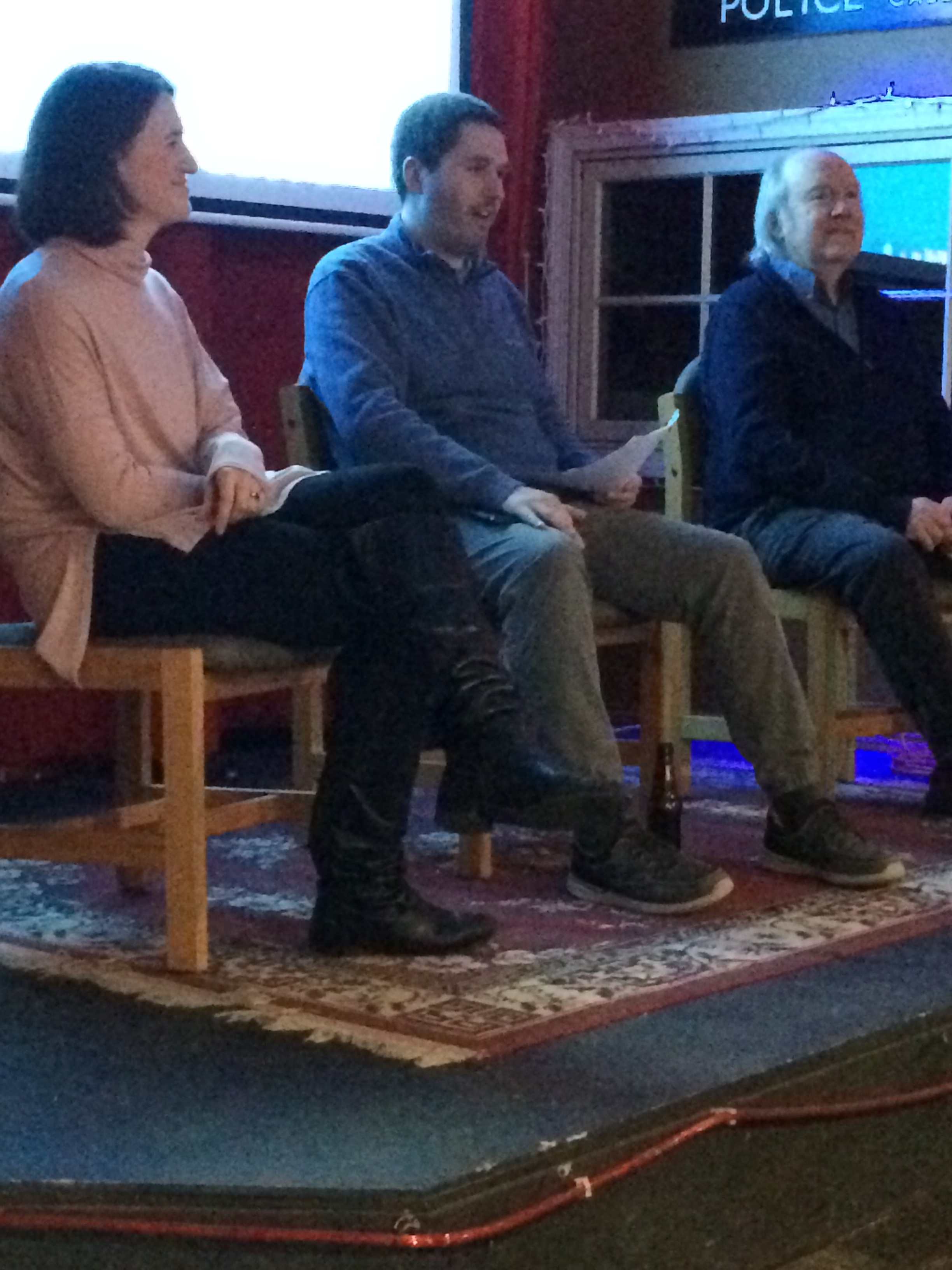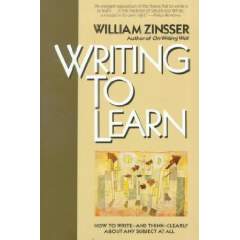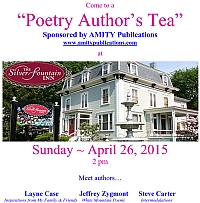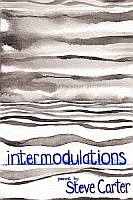
You might also enjoy my Player's Journal
08/13/2025
Source Book
When I published my novel All Cars Run to Park Street in 2022, I wanted to include an Acknowledgments section, but I wanted to acknowledge so many people and sources that it felt like Acknowledgments would be a book of it’s own, so I published the novel without it.
Later I decided that in fact it would be a book of it’s own.
I was inspired by the Source Book for Laurence Weschler’s memoir And How Are You, Dr. Sacks? and other books that represented the kind of approach I wanted to take. I’ll list some of them here, and go into more depth in future posts.
- The Annotated Alice, by Martin Gardner
- The Art Forger, by B. O. Shapiro
- October Light, by John Gardner
- T. S. Eliot’s notes to The Wasteland
- Norton Critical Editions notes on James Joyce’s Dubliners
Weschler’s Source Book contains transcriptions of interviews and facsimiles of some of the letters referred to in the memoir, where the relevant passages are noted with an SB superscript. Since All Cars is a novel, an annotation like that would be distracting, but my plan is to create an ebook version that is similarly annotated, with two-way links. At this point I don’t know if that’s even technically feasable!
01/30/2025
Digital Deep Reading
I’ve been reading Marianne Wolf’s book Reader, Come Home: The Reading Brain in a Digital World. She does a good job of conveying the immense complexity of what goes on in the reading brain. But she starts by going into detail about reading of individual letters, letter pairs, and words. She glosses over much of the complexity of reading sentences, and offers little about reading paragraphs, chapters, entire books. Later in the book she turns to the question of whether digital reading makes deep reading less likely than print reading does. Her approach suggests that she thinks the answer is yes, but she presents little evidence to support that.
As I read this section of the book, I grew impatient with her implication that deep reading of complex texts is seldom done—perhaps even impossible—on digital screens. That led me to wonder how many complex novels I’ve read on my Android phone in recent years. I ran the following query on my BIBLIO database: SELECT AULNAME , AUFNAME , MAINTITLE , er.DATE_READ FROM “Entry” e JOIN ENTRY_READ er ON er.ENTRY_ID = e.ENTRY_ID WHERE er.DATE_READ >= ( CURRENT_DATE - (4 * 365 ) ) AND UPPER(EBOOK) = ‘Y’ ORDER BY er.DATE_READ DESC
I arbitrarily limited to the most recent four years. This yielded a list of 40 books, viz.:
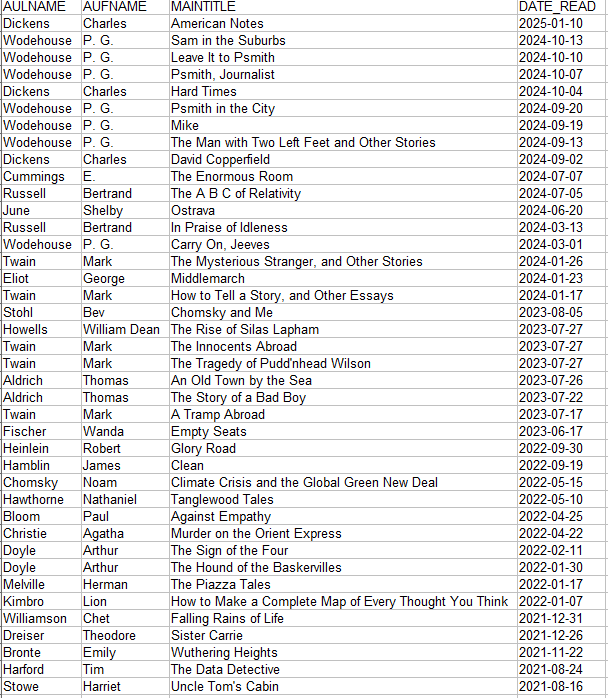
01/22/2025
All Cars Run to the Boston Athenaeum
In promoting my novel, I have offered to donate a copy to various libraries, including the Boston Athenaeum. The Athenaeum is the oldest library in Boston. In the 1800s it was frequented by the likes of Ralph Waldo Emerson and Henry Thoreau. It’s a significance presence in my novel; one of the major character, Wednesday Jones, is, or claims to be, a librarian there. The Athenaeum graciously accepted a copy of my book, and for the past—what feels like decades, but was less than a year—I checked their online catalog assiduously to see if my book was on the shelves, only to see that it was “awaiting cataloging”– a purgatory in which I feared it was doomed to live forever. Just yesterday I checked the online catalog and, to my surprise, delight, and humble gratitude, found this.
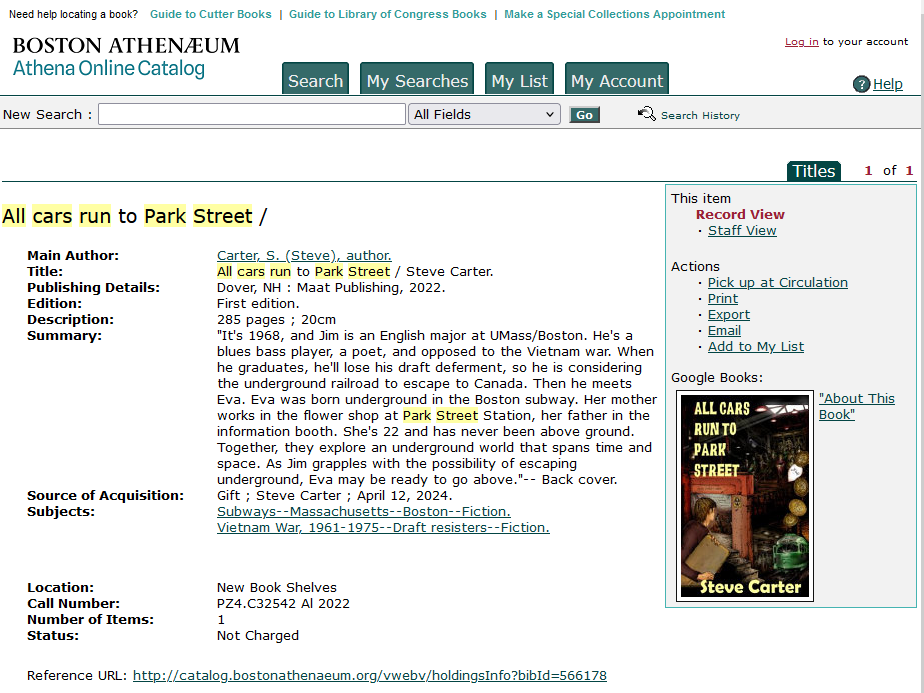
08/04/2024
Return to the Scene
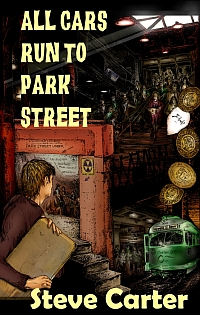
Over a long stretch of years I worked on my novel, All Cars Run to Park Street, in restaurants, pubs, coffee shops and libraries. My ever-patient wife, Marilynn Carter, accompanied me on almost all those outings. She did her work, I did mine. After we published the novel we revisited many of those spots, where I worked on promoting that book and writing the sequel. Below I’ve collected a few notes from various pub writing outings.
Outlook Tavern
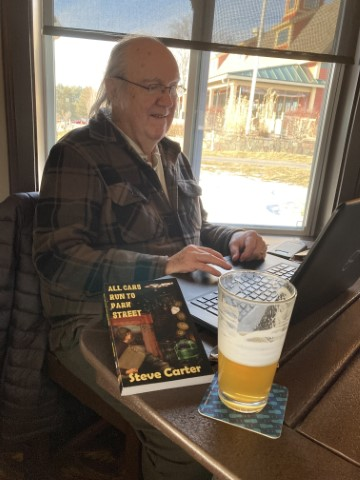
One of our favorite spots was Outlook Tavern in South Berwick, Maine. We got to know one of the waitresses, Adrienne, who, seeing my computer open visit after visit, had asked what I was working on. I had told her about my novel. Shortly after I published the novel, Marilynn and I visited the tavern again. I placed a copy of the novel on the table. Adrienne asked about it, picked it up, read the blurb on the back cover. She said it sounded interesting. On a later visit she bought a copy. On subsequent visits she said she hadn’t gotten around to reading it, but I appreciate her interest. We haven’t been to the tavern in quite a while. I’ll be curious to see if Adrienne got around to reading my book.
Barking Dog Tavern, Haverhill MA
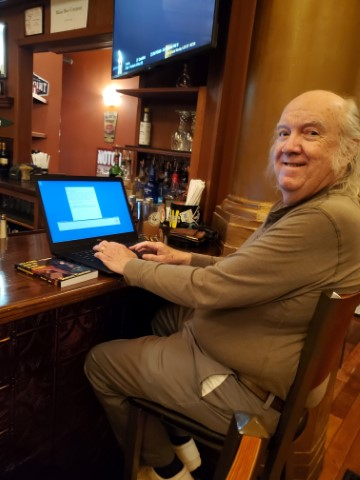
I had spent time in the Barking Dog Alehouse over the year, while Marilynn was teaching classes down the street. For what it’s worth, here are my various notes.
2019–01–15
In the scene Jim meets Eva on stairs I open with Mr C looking at tokens, but I think the T token I describe was not produced unitl 1988. Confirmed - according to MBTA group on Facebook.
Working on the various Eva’s treasures subscene. I plan to revise the tokens subscene and consider that a wrap for this chapter, for the Second Draft. I only need a few sentences for that scene: Mr C holding up the NY token, Eva doing the same.
2019–07–25
Working on tokens in Eva’s Treasures 1 (and other scenes). I need to work in more of Mr. C’s thoughts about the T, as symbolized by tokens. Aha! Have Eva think about them in Eva with a headache .
I just realized that in the Eva’s Treasures 1 scene, the reader doesn’t know that the room is underground in the T. Is that good? Well, the smell of the earth is a clue, perhaps enough. Of course, the book blurb will give it away. The issue is: from my stance as author, what does the reader know about the characters and the world of the story at various points.
2019–09–18
I had originally planned to include the Dr. Spock poem in the Breakfast at Patsio’s 2 scene. (see link in subnode). I haven’t done that yet. I’m still trying to figure out what I want this chapter to accomplish. Jim confronts the pull of Wednesday Jones - Eva, Above - Below, teaching career - music career, war - poetry. All of these are unresolved, so the scene should end unresolved. I need to look at Montage some more before I can cantinue with the revision of this scene, so I’m leaving it for now.
Eva & Earl talk 1 Prior to this scene, mabye I want to have Eva hint to Cuz somehow about Jim. Do I ever say that Eva writes letters to Cuz? Maybe she shouldn’t. Maybe somehow Earl plays go-between, witing letters to Cuz. I’m thinking about how to work in the Eva-Cuz-Earl relationships. (see subnode) I’m going to back to the two Eva’a treasures scenes and add Cuz letters. DONE. Sparce, but a start. I revised Eva & Earl talk 1. I decided to embrace the ambiguity of dialogue vs interior monologue, and the ambiguity of tense. Is Eva experiencing this converstation or remembering it? Both. Is it Earl talking at any given moment or Eva? One, the other, or both. It just is. I love the significance of the rollsign, both indicator and determinant. I just made a final pass through the revision of Eva & Earl talk 1. It gave me chills!
2019–09–19
I changed the passage about pomegranate and wine, based on Mal’s recommendation.
Eva and Earl talk, then RKO Theater, then Moscow Subway, then Eva and Mrs. C talk, then Jim and Earl talk. So the Metamorphosis chapter is all about considering the options for the future.
2020–01–15
I’m thinking of expanding the scene Jim plays bass for Eva. Right now it’s just a sketch. I think, before Jim plays his bass, they are sitting on the bench in Park Street Under talking. In a recent scene, Eva has told Jim of her background, so here Jim tells Eva of his background. I’ll move some music backstory here for other scenes and maybe from Unplaced Scenes.
In looking through the scenes leading up to Jim plays bass for Eva, I got distracted by “journal” and “notebook.” I got to that consideration because some of text I want to move is in the form of journal entries (implied, anyway), and I see that I haven’t been consistent in referring to Jim’s notebook. I think I’ll ditch the term journal in relation to that, and the first time Jim pulls it out, just describe it as a small wire-bound notebook, it’s cover tattered and pulling away from the wire spiral – or some such. Elsewhere (if I haven’t already dont it) I can say that he got into the habit ofcarrying it and writing in it after keeping a journal in Ron Schreiber’s class. I replaced journal with notebook.
Maybe as Jim tells Eva his music backstory, she listens, but asks few questions. Jim thinks it strange that she’s not more curious about these things she’s never seen – Above. After the ghost dinner, he realizes that she’s been hearing stories of Above from the ghosts (and maybe from passengers on the T).
Lexie’s Landing, Newington NH
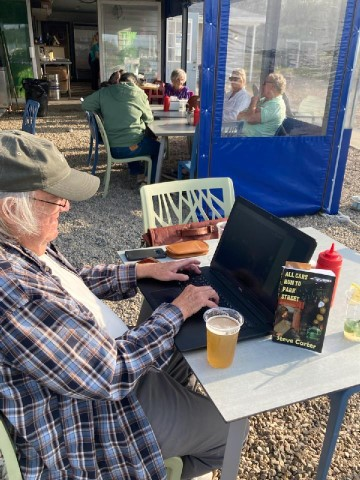
2022–09–04
DONE: I fixed the phrasing in mashed potato section of the Red Hat Bar scene. It was correct as it was, but needlessly vague.
DONE: In Breakfast at Patsio’s 1, I need to fix the transition into where Wednesday Jones raises the question about Little Walter.
2022–08–18
I was reading through Park Street Notes looking for entries that I can tag for the SourceBook.
I see that I never use purple panes of glass and “Purple Haze,” though I had intended to.
DROPPED:
Work in purple panes of glass, and “Purple Haze.” Imperfections in the glass, later valued. Same for Hendrix?
TODO:
In Ghost dinner scene, or somewhere, add something about the sea captain who was put in the stocks for kissing his wife.
This is already in Breakfast at Patsio’s 2
I can imagine an ebook: The Annotated All Cars Run to Park Street, with links to the notes. I’m not sure of how to implement this at the moment, but it seems like a good idea. This task of assigning SourceBook attributes to nodes is quickly becoming overwhelming. Maybe a better approach would be to focus on one aspect–say London Underground–then search for and tag those nodes. Then gather them and add them as references to a document in the Scrivener SourceBook project. #methodology
Blue Latitudes, Dover NH
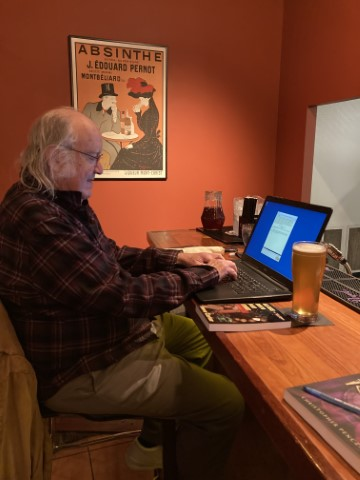
2021–07–21
Where to put the sub scenes where Jim tells Eva of his work? Surveying and glue factory. See the sub nodes for potential scenes. In searching for glue I discovered that in Pajama Tops I’d used the phrase “glue of beer” in describing the floor of the Rathskeller, and tied it in with the underground. Pretty good wiring, if I must say so myself!
Maybe Moscow subway is the best scene for Jim to tell Eva about surveying. But I fear that scene is already too long, and carrying too much weight in the book. However, it does refer to diggers, and that ties in with surveying, and the digging it precedes, whether for a roadway or a tunnel. …No, the Moscow scene is not too long, or too detailed. It is not long enough or detailed enough.
09/19/2023
Musical Writing
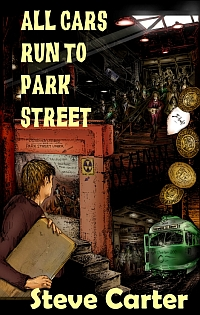
My wife’s cousin Toni was the model for the character Cuz in All Cars Run to Park Street. We didn’t tell her that until after sending her a copy of the book and giving her a chance to discover it for herself. After reading the book she told me that I got her pretty much right. She’s now in the process of re-reading my novel. Being a well-educated and thoughtful reader, she has asked me some excellent questions about the writing.
1) "Did you deliberately style your writing as music … ie: you went back and forth from regular prose to stream of conciseness – it reminded me of how so much music is written – going from the body to the chorus … maybe I was overthinking but the writing reminded me of music. Was that intentional?
My response:
You are not overthinking. I do deliberately style my writing as music. Sometimes I make that more obvious than at other times. (Below I’ll provide some examples.)
And, yes, the way I move back and forth between regular prose (naration) and stream of consciousness (interior monolgue) is deliberate, much like verse and chorus in a song.
On page one I set up the flow from narration to interior dialogue:
The wind caught Jim’s bass case, nearly blowing it out of his hand, pulling him down the icy slope of the Boston Common toward Charles Street. He pulled back on the case, up-ended it, and hugged it to his chest, out of the wind’s grasp.
Beulah must think I’m on my way to school, he thought. Trying to take me down the Long Path, toward Park Square. We’ve got a rehearsal to go to, Beulah.
He turned left and headed down the short path toward Park Street Station.
The first paragraph is regular prose (narration), the second stream of consciousness (interior monologue), the third paragraph is narration again. In the second paragraph I write “he thought” to ease the reader through the transition. Later in the book I abandon those transitions, for literary reasons. I realize that can confuse the reader. But once they get used to the idea that they are hearing different “singers,” or different instruments, or different sections of the music, it should start to make sense.
In the scene at Walsh’s tavern where Jim’s dad gets into a discussion with the regulars (page 104), I use a lot of music terms, for example:
• Dad picked up the theme
• Dad's righthand bar mate counterpointed
• "No support," Jacques trumpeted
And other musical terms.
2) Was the portrait of your dad real? Did you both discuss music together? Or was it ‘poetic license?’ I never knew that your dad was musical.
My response:
Yes, the portrait of my dad is as real as my (admittedly faulty) memory allows. We discussed music together. The bit about him playing trumpet in the closet when I was a baby, in order to not wake me, was something he told me when I was in my late teens. (Actually he played cornet but I fictionalized that fact, since most readers won’t know what a cornet is. ) He played professionally briefly, but gave up music after he got developed further in the sequel to All Cars.
04/15/2023
Missed Stop
Today we participated in the WSCA Art Market, a fund raiser for WSCA Community Radio in Portsmouth, where we recorded our WPM - Writing Marketing Publishing podcast at live events for three years. We were happy to be able to support the station that has supported us for so long.
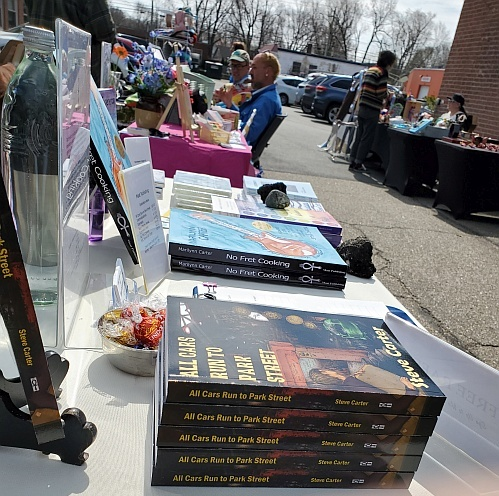
At the event, one guy, clearly old enough to remember, pointed to the cover of my book and said, “Green Line. Red Line.” I wasn’t sure how to reswrpond, but I knew I had to say something. “Yeah,” I said, and pointing to the Green Line train on the cover, said, “That’s a replica of a Green Line train from the late 60s, when this book takes place.”
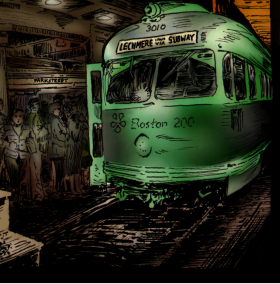
He said, “I used to go to Filene’s Basement.” Before I could pick up the theme, he walked away.
There was an entrance to Filene’s Basement at the Washington Street stop on the Red Line (now called Downtown Crossing). In my novel, Eva, who was born in the Boston subway and never allowed to go above ground, was told never to get off a Red Line train at Washington Street, because her parents knew that there was an entrance to Filene’s Basement there, and that was an indirect way for Eva to go Above.
03/29/2023
Reflections on Reflections
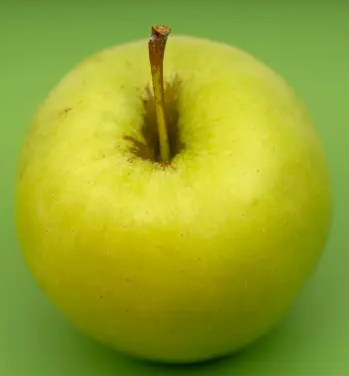
I recently read on Substack an interview with the editor of a literary magazine that had published one of my poems last year. I learned some interesting facts about the magazine, and gained a new appreciation of how my poem fit in.
In the interview, on the Substack group Lit Mag News (https://substack.com/inbox/post/110440931), Arielle McManus, Editor of Atlas + Alice said the magaine takes its name from the ATLAS and ALICE experiments at the Large Hadron Collider at CERN. These experiments look to explain some of the most fundamental characteristics of the universe. For instance, ATLAS contributed to the discovery of (what we think is) the Higgs Boson. Although the names of these experiments are technically acronyms, we find it beautiful, ironic, compelling that they also share names with two eminent literary figures.
Our Purpose: It’s that kind of intersection—in the case of our title, between literature and science—that interests us. We like things that meet, conjoin, dance, rebound, explode. Bring two things together; see what happens.
Before submitting, I had read on their submissions page: We are looking for work that intersects boundaries and blurs genres (art meets science, prose meets poetry, positive meets negative, you get the gist).
My poem juxtaposes the Magritte’s painting The Listening Room and William Carlos Williams' poem “The Red Wheelbarrow.”
02/24/2023
From Notes to Novel
I first came up with the idea for All Cars Run to Park Street about 50 years ago. Over the years I took notes in my journals, first in various paper journals.
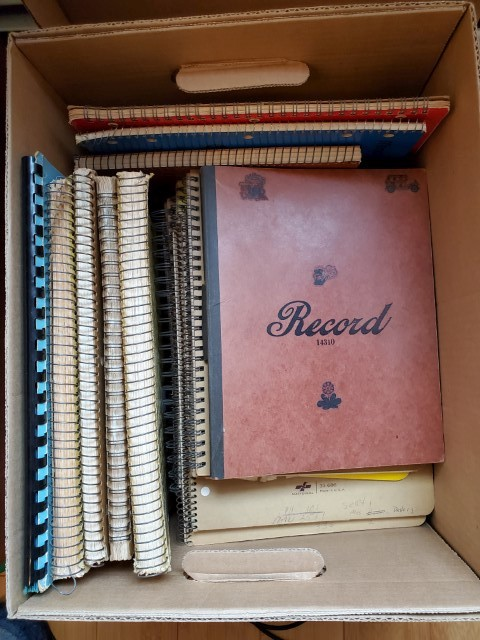
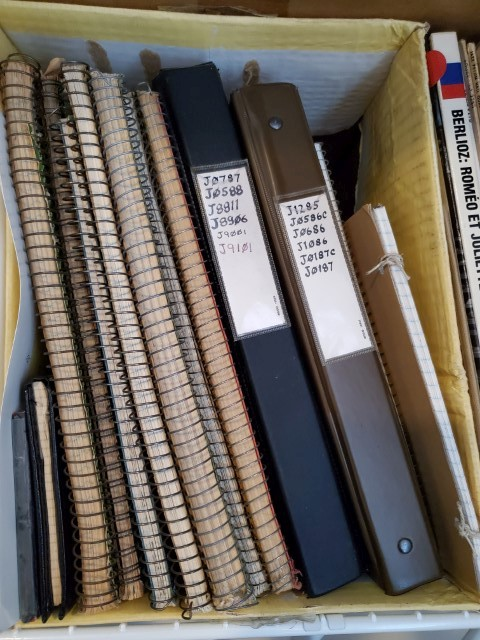
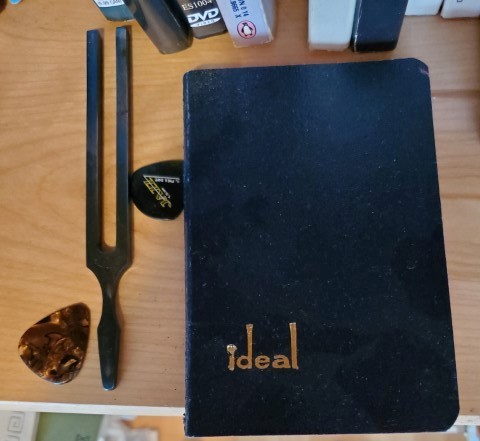
In 1984 I got my first computer. After that I kept some of my journals on paper and some on the computer. Over time, selected entries from my old paper journals got into the computer. (How that was accomplished is an interesting story for another time.) The computer files were named after the source journal; for example, notes from the journal started in July of 1972 went into a file named something like J7207. In 2013 I decided to gather all notes for my novel together. I made a list of all the journal files, and highlighted all the ones that had notes relevant to my novel.
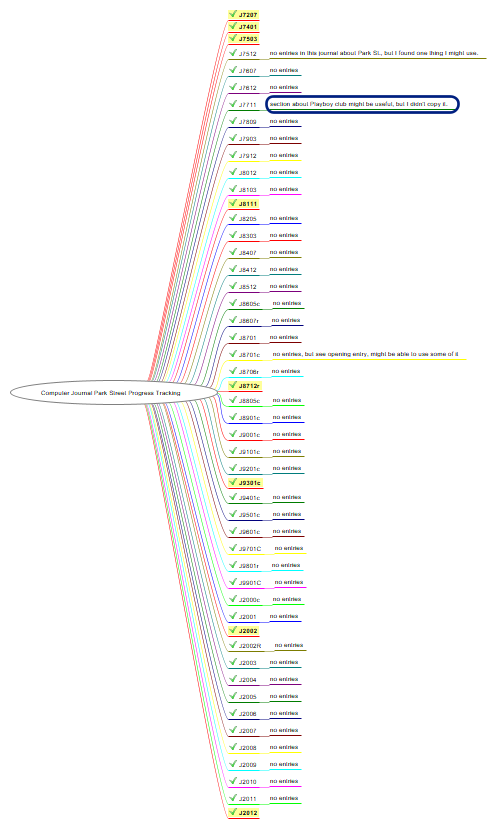
On that list I also made a note of entries that had not initially been earmarked for the novel, but I might use.
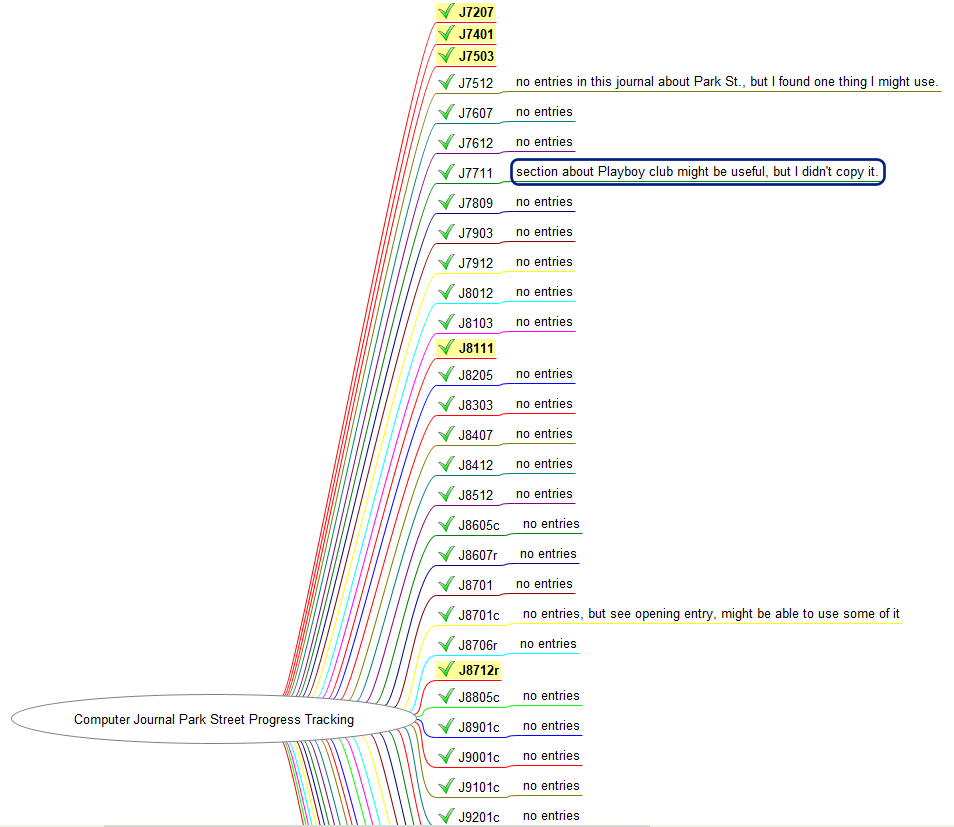
It was interesting, in retrospect, to see the gaps—the years when I did not think about the novel, or if I did, failed to take notes.
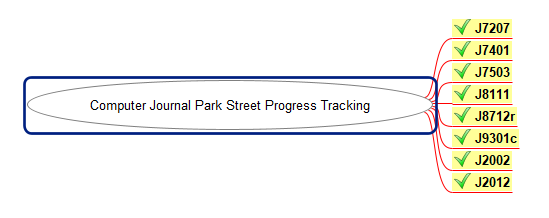
I created a mind map where I collected all the relevant notes from the journals from 1972 through 2012.
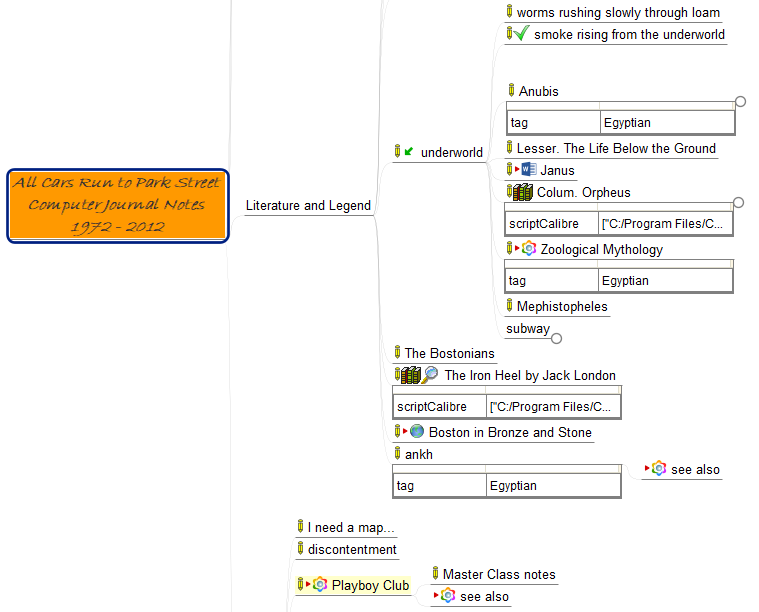
Many of those notes found their way into the novel. Here’s a brief excerpt from the novel to illustrate that point:
Jim turned the corner from Charles Street onto Boylston Street and was greeted by a white rabbit three stories high. Just the head, in profile, painted on a black rectangle with rounded corners. He walked around the Playboy Club building and saw John Neves waiting near the back door. Back door man. They exchanged a few words and then John led him in the door and up the stairs. As they passed the second floor, Jim looked through the glass panel of the door and saw sumptuous red leather couches and tables of deeply grained dark wood. As they passed the third floor, he saw white leather chairs, white leather couches, glasstopped tables. They went up one more flight and John opened the door onto what looked like an attic, or a basement. Broken chairs, boxes, dust, and in one corner, a bare light bulb hanging on a frayed cord, illuminating a music stand and a double bass lying on its side, the bow balanced across the two arches.
02/24/2023
My Debut Novel Release
On December 10, 2022 I released my debut novel.
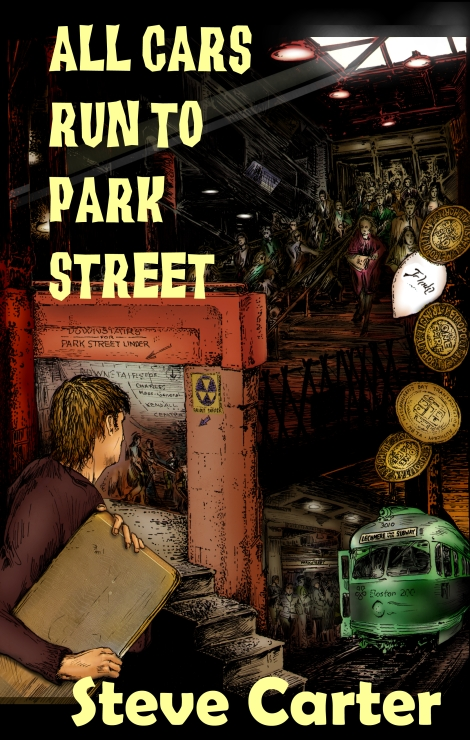
I enjoyed the steps leading up to the release.
Picking up the proof at the printer.
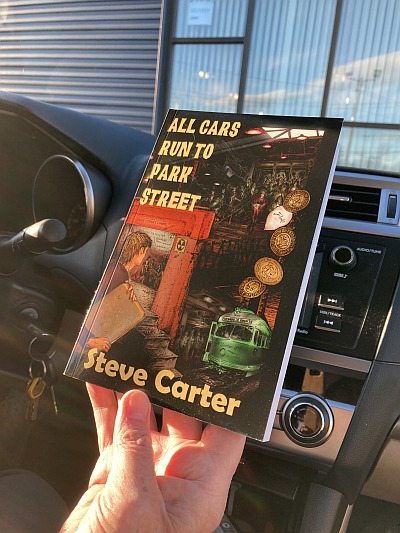
Celbrating after picking up the first box of books.
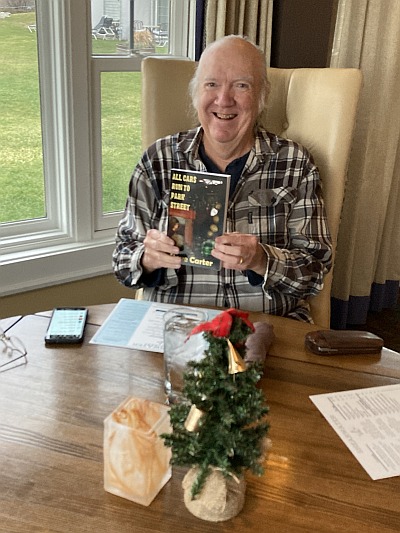
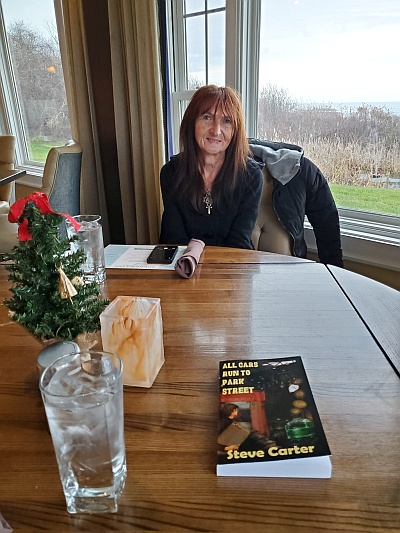
Opening that first box of books.
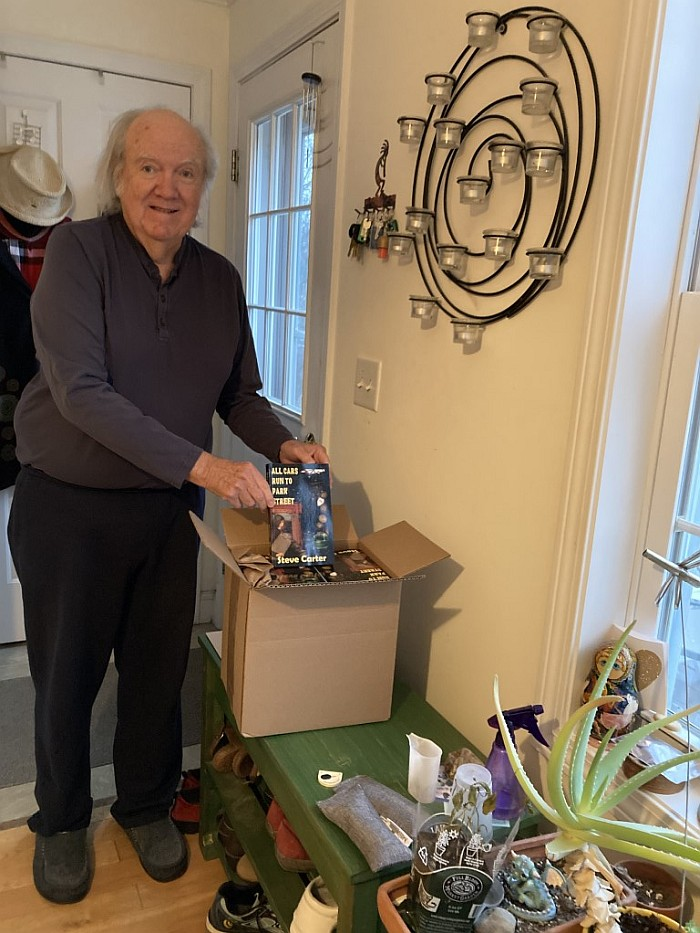
The release was part of the Celebration of the Arts event at The Art Center in Dover, NH.
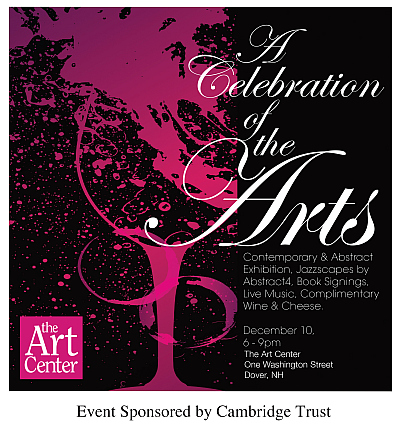
I was one of a group of local authors, including K.D. Mason, Dan Szczesny, and Peter Vinton, Jr. —cover artist for my book.
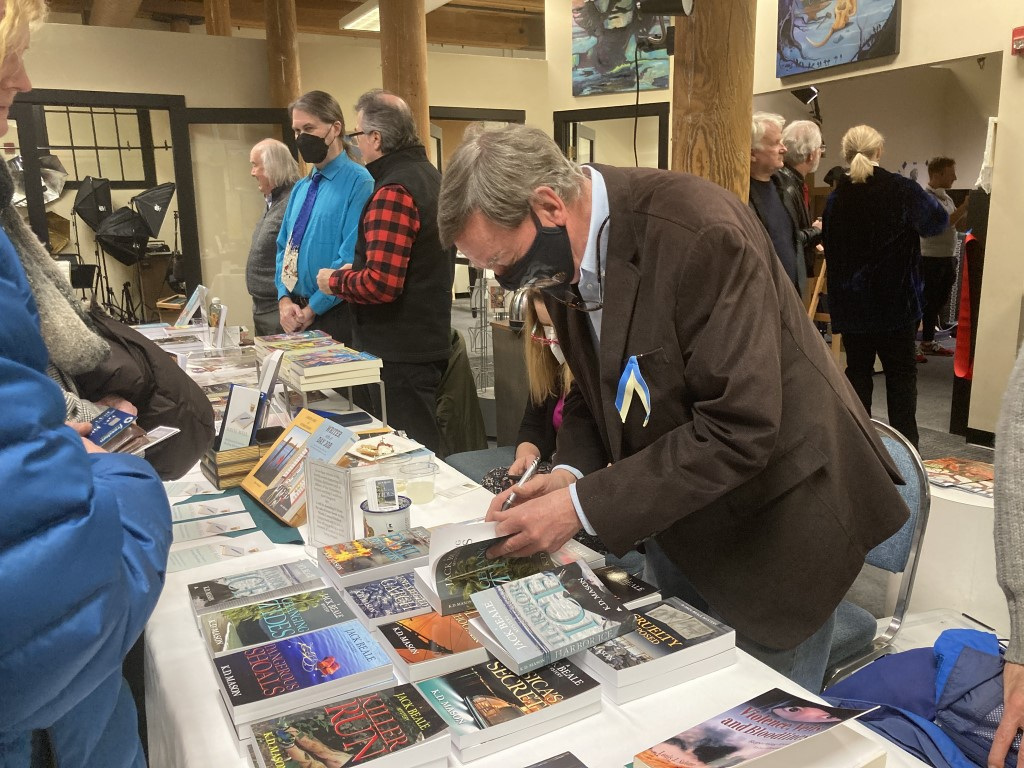
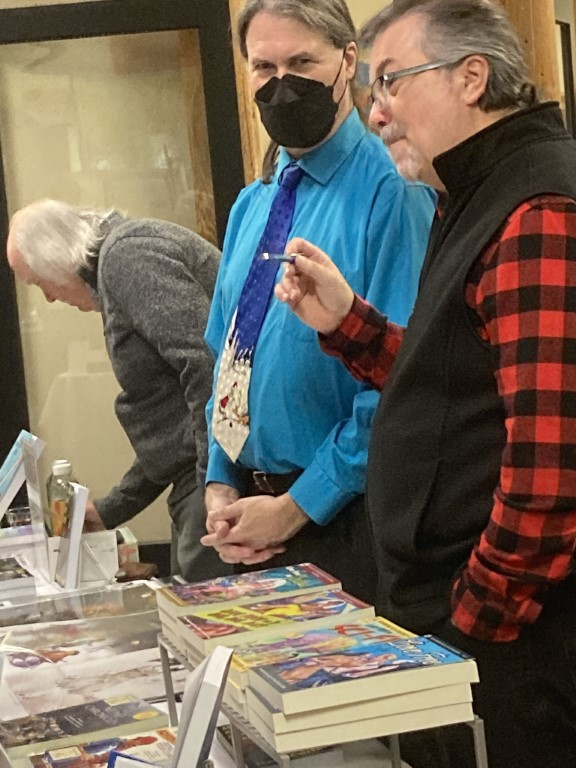
Marilynn took a photo of me with my book. Little did I know I was being photobombed by Dan Szczesny.
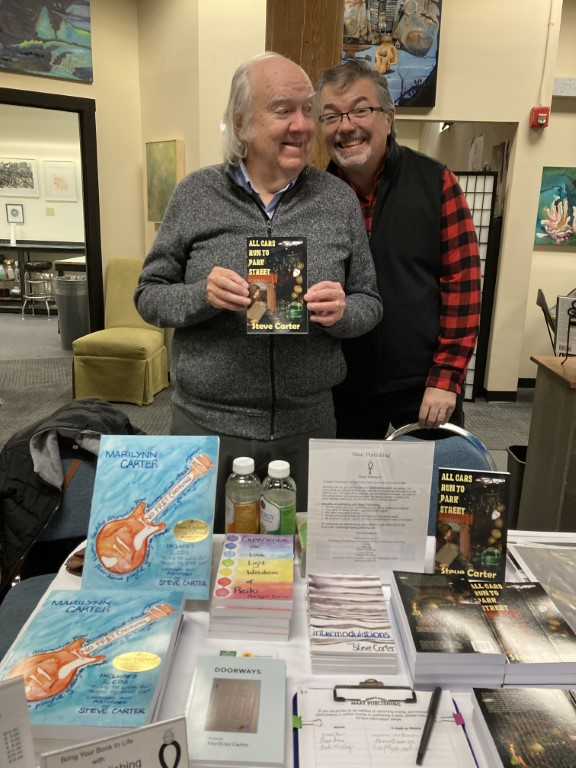
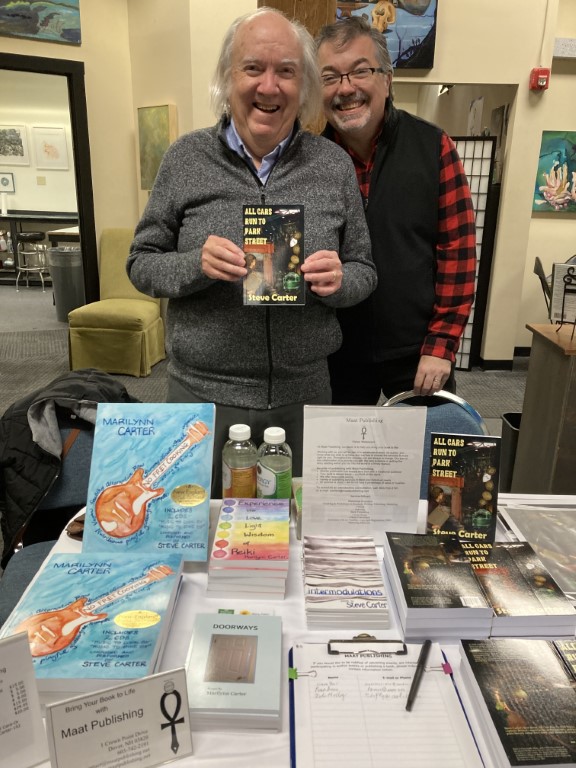
I played a brief solo guitar set to top off the evening.
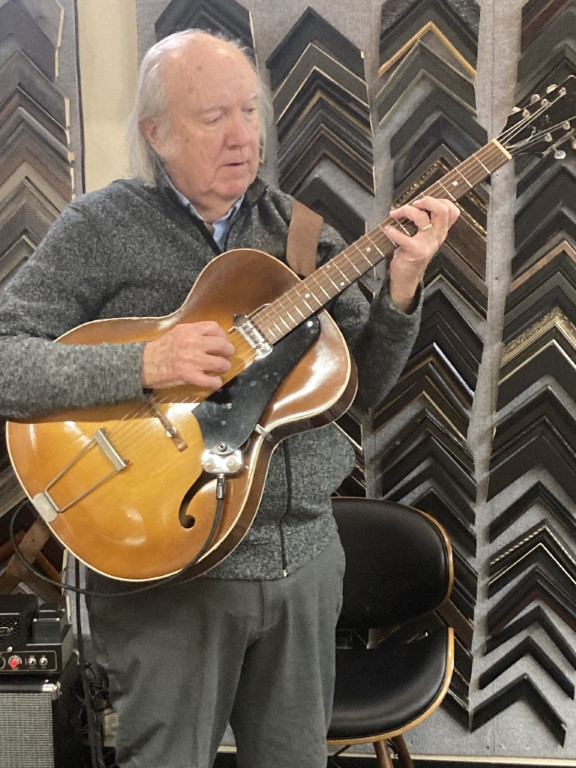
03/08/2021
Poetic Medicine

Last year, Marilynn had been sent an invitation to submit a poem about the pandemic to an anthology featuring that theme. She wrote a poem named “I Will Not Speak Your Name” and I submitted it for her. That anthology did not accept her poem, so in my submissions database I marked the poem as available to send out again. On Valentine’s Day, I saw a Facebook post about another poetry publication, Poetic Medicine, that was open to submissions on the topic of the pandemic, so I submitted Marilynn’s poem. Today we received an email from the editor saying that her poem had been accepted, and they would publish it—probably this summer. Marilynn has submitted (through her “agent”—me) to 18 magazines, a total of 36 poems. She has had 5 poems accepted—one each by 5 magazines. So her acceptance ratio for magazines is 28%, and her acceptance ratio for poems is 14%. That’s much higher than my acceptance rate over the past 50+ years.
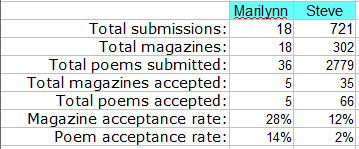
01/15/2021
A Storm
My wife, Marilynn Carter, started writing poetry at the age of 70. She continues to grow in the discovery of the creative force within her. Yesterday she had a poem published in the online journal Trouvaille Review.
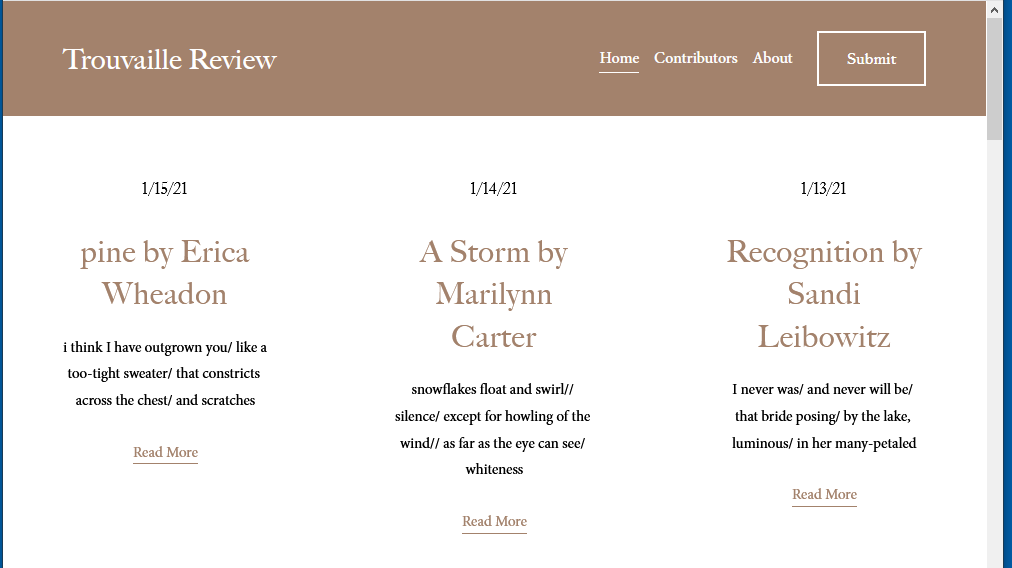
You can read the poem here.
I’m insprired and energized by being swept up in this storm.
01/12/2021
Moondial Memories
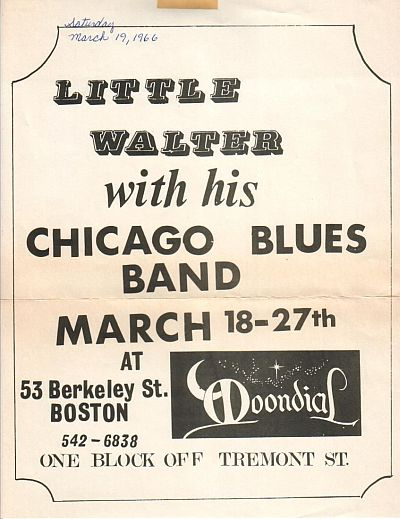
Recently on the Facebook group Who Remembers the Boston Tea Party 1967–1970, the moderators posted an image of a poster from the Moondial Coffeehouse, which, in 1966, was in the space that would later become the Boston Tea Party. Someone posted to request more posts about the Moondial, so I posted the image above, and a brief note about the night I played there with Chicago blues harmonica player Little Walter. It was one of the most memorable nights of my career. In my novel-in-progress, I have a scene that incorporates my memory of that night. Here’s a draft of that scene:
“You backed Little Walter?” Jane gasped, half question, half exclamation. It was the first time Jim had heard her raise her voice. “Yeah,” he said. “Tell me about it,” Jane ordered. "His band couldn’t make the gig and…, " Jim began. “Tell me the whole story,” Jane said, folding her arms and leaning back in her chair. “Well, it was my Freshman year and I was still living at home – my parent’s house in Weymouth. I had a stomach virus or something and when Miz called about the gig, I was in the bathroom throwing up. My mother tried to tell Miz I was sick and couldn’t come to the phone, but Miz was insistent. When I was finally able to get to the phone, I heard Miz say, ‘We’re backing Little Walter tonight. I’ll be by to pick you up in ten minutes.’ I told him I was sick, I couldn’t do it, but Miz’s response was, “Hat up, Clucky!” He was there in ten minutes. He took my amp and bass, led me out the door, and we headed to Boston. We stopped at every drugstore between Weymouth and Boston. At the first drug store, Miz ran in and bought Pepto Bismal, jumped in the car and drove off, I took a swig and a few blocks later leaned out of the car window to threw it up – Miz diddn’t even pull over for the event. So we’d stop at the next drug store, Miz would run in and buy some other stomach medecine, and, well, you get the picture.” “Much too vividly,” Jane said. “Go on.” “On the drive Miz told me that Little Walter had gotten on the plane in New York headed for the gig, but his band had not. Dave Wilson had booked the gig, and he knew he needed a good blues band to back Little Walter, so he had called John and told him to get the Blues Children to the Moondial for an 8 o’clock gig.” “Moondial?” “Yeah, the Moondial Coffeehouse, which is now the Boston Tea Party.” “No shit!” It was the first time Jim had heard Jane swear. "When we got there, Miz took my equipment in. The rest of the guys were already there and mostly set up. Miz went out and got his equipment . He set us both up– I just sat on a chair with my head in my hands. By the time we were all set up it was quarter of eight, and no Little Walter. Bill, the manager of the Moondial, signaled to us from the back of the room. We grabbed our instruments, left the stage, and followed Bill up a flight of stairs to what must have once been a choir loft. You’ve seen the stained glass window of a Jewish star on the building, right? Well, it used to be a Jewish temple, and what was once the choir loft, or whatever, is now the green room. A few couches, a little kitchen with a fridge and stove. Miz and John tuned up, I sat in a chair trying not to throw up. Miz grabbed my bass and started tuning it, and at that point Little Walter climbed the stairs. “Bill went over and greeted him, handed him a bottle of vodka, then brought him over to meet us. The other guys stood up and shook Little Walter’s hand. He took swigs from his bottle between introductions. I was introduced last. Little Walter took one look at me and said, “My man don’t look so good.” Miz explained that I was sick. Little Walter said, “Well he better get better in a hurry, ‘cause we goin’ on.” He put his vodka bottle on the table, and headed down the stairs. Bill went to the kitchen and grabbed a pot from one of the cabinets, handed it to me saying, “If you have to throw up, use this.” Miz handed me my bass, and I followed the other guys down the stairs. I was pretty unsteady on my feet, and I bumped my bass against the wall on my way down the stairs. I can show you the little chip in the finish. It’s my proudest possession.” “I’ll take your word for it.” "We got on stage, I put my pot on the floor next to my amp, so I could reach it in a hurry if I needed it, plugged into the amp and switched it on. Little Walter didn’t wait for us, he just grabbed the mic off the stool in center stage and started playing. After hearing a few notes, John looked at me and Miz and silently mouthed, “G.” John has a great ear and can figure out the key quickly. I’m a lot slower – especially when on the verge of vomiting. But Little Walter’s rhythm and phrasing were so precise that, once John had given me the key, I knew just what to play. Before I could think, we were in the middle of “Off the Wall” and it was cooking! "Before I knew it, Little Walter signaled the end of the first set by putting the mic on the stool and walking off stage. The band followed him. I put my bass on the guitar stand, grabbed my pot by the handle, and took up the rear. When we got to the Green Room. Little Walter settled into a chair with his bottle of vodka, and we pulled up chairs around him. “Blues with a Feeling.” We had not played it with the Blues Children, because Mercon had dismissed it as “just another blues.” He’d said that Butterfield had just made up some lyrics to a blues and they’d recorded it. But when Little Walter called it and counted it off, I understood what had happened. I didn’t realize that the count-off was the first bar of the tune. Three bars on the one chord, then to the four. Threw me off. I caught it, after a measure of wrong notes. Asked Little Walter about it on the break, but we didn’t have the language in common. I tried, “If we’re in G, then when do we go to the C chord? Is it… " Walter taking the bottle from his lips: don’t think about that stuff, you’ll feel it, man, you got it man, you got it, when I play this…, you play this…, and that’s it, man, that’s it.” "You is the only white boys what’s got it, " Little Water said. “Them other white boys, they just don’t got it – don’t got the blues feel, you dig? When I play” – and he cupped his hands in front of this mouth and sang a phrase, looking at John and said “and you play chunk-chunk-chunka-chunk, and” – looking at me – “you play uumm, uumm, umm,” –looking around at all of us, taking a big swig of vodka, “That’s it! You dig? That’s It!” We talked through the break. John asked Walter about harmonica players. Walter said he’d taught Paul Butterfield. He said, “When Butterfield play this” – playing a riff – “He play it like that, but that’s not what I taught him. I taught him this” – played the riff again, this time filled with pain, yearning, and fullfullment. “That’s the way to play it.” During the break Little Walter finished the quart of vodka.
09/21/2020
Elderberry Infused
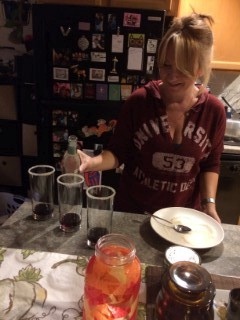
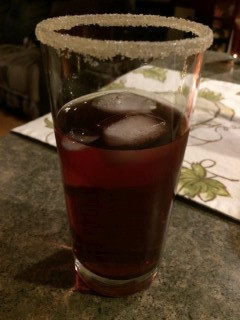
It’s become a family tradition that on Sunday evenings Marilynn and I go for dinner with our daughter Sheri and our grandson, Justin—their condo is just two doors down from ours. Sheri is a fan of flavored vodkas, so recently Marilynn tried her hand at infusing elderberry flavor into Tito’s vodka. We brought her creation with us to dinner yesterday, and while I played with Justin, the ladies plotted pre-dinner cocktails. (Sheri had made Chili for dinner, and we all agreed that pairing elderberry cocktails with Chili would be a risky venture.)
Sheri stepped up for the role of mixologist. The drinks she made for herself and for me combined the elderberry-infused vodka with lemon-blueberry seltzer. Marilynn’s drink was with Elderflower quinine. All were served in glasses rimmed with lemon-sugar.
After we had toasted the mixologist and tasted our drinks, Marilynn asked me, somewhat apprehensively, what I thought. I said it was very good, adding, “It tastes like I ate the elderberry and the branch it was on.”
Sheri laughed and said, “Exactly!”
Now, the combination of berries, citrus, and wood may not sound tasty, but, surprisingly, it was. Sheri liked it so much that she sent the remnants of the Tito’s bottle home with Marilynn so she could make more elderberry-flavored vodka. They are excited about experimenting with making other kinds of flavored vodka.
I’ll be a willing volunteer for Quality Assurance.
04/21/2020
Checklists in Scrivener
I use Scrivener and Scribus in the Maat Publishing book production process. I also use a variety of other applications for managing the production timeline and tasks.
In a current project I needed to make changes that required me to complete some small tasks in a particular order. I decided to make a simple checklist within the Scrivener project.
The book is a children’s book with a long poem in quatrains and it includes some images. I had done a sample layout in portrait mode (since that was what the author had wanted) and sent it to the author. He replied that he might want the book in landscape mode instead. So I needed to modify my Scribus file for landscape mode.
This task would involve only a few steps so I made a checklist in Scrivener.
I had renamed the Research folder to Project Notes.
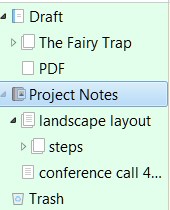
Under that folder I created a document for notes on the process, and under that a document for each task and subtask.
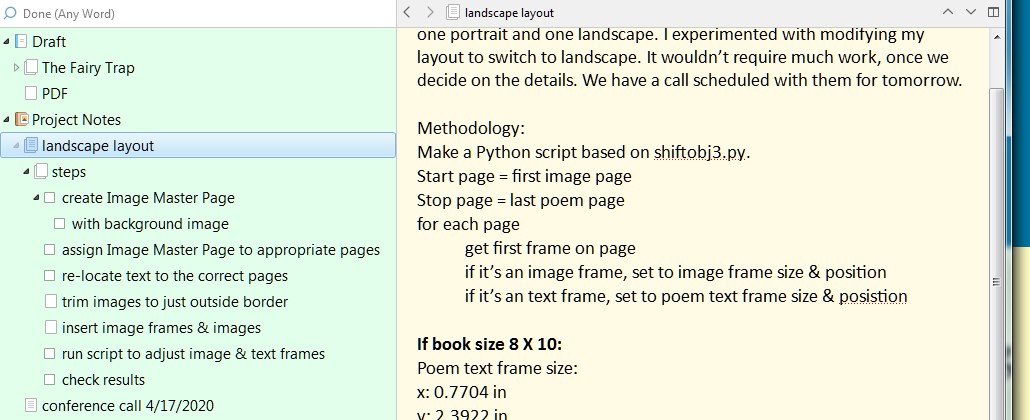
In the Inspector, I added a Custom Metadata field called Done, of type checkbox.
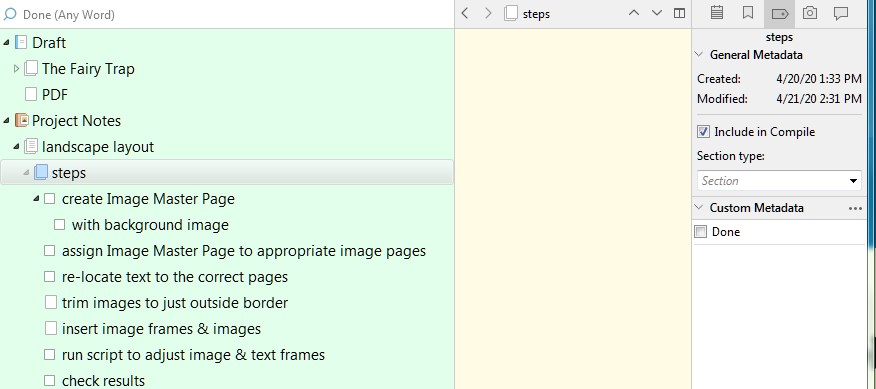
I used a split editor to show my checklist as an outline.
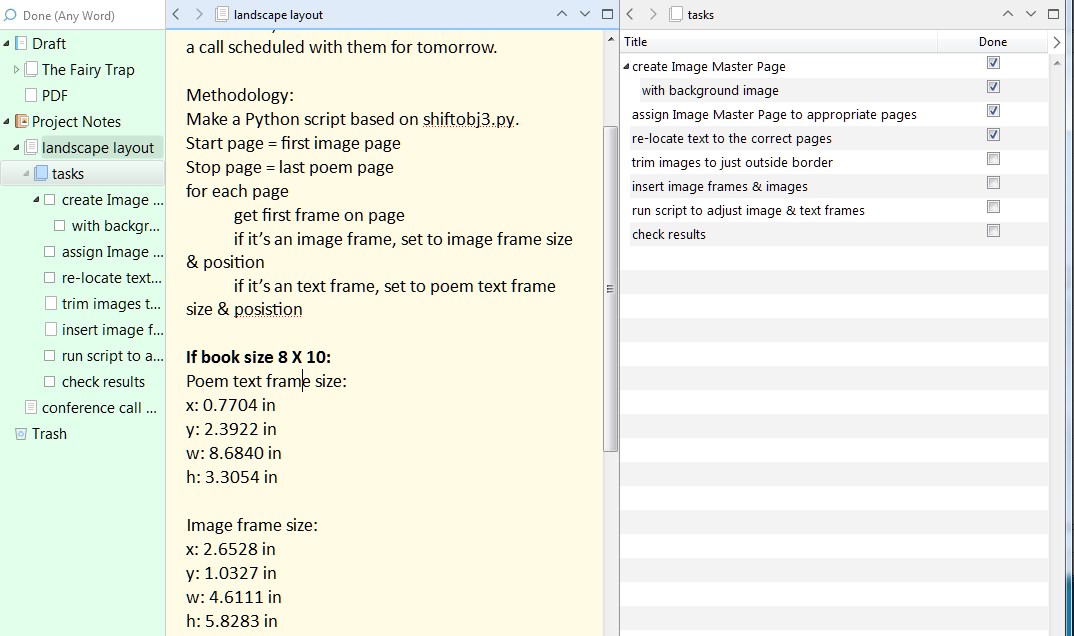
Then, as I completed the tasks I could check them off in my list.
There are other - perhaps simpler - ways to manage lists in Scrivener, but this approach looks and feels like checklist applications I’ve enjoyed using. It gives me the satisfaction of checking tasks off, and it allows me to manage a small number of tasks from within Scrivener, rather than having to go to another application.
03/27/2020
Room in Brooklyn
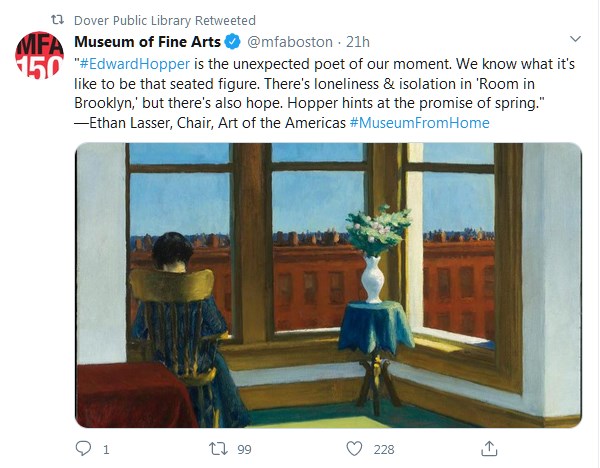
In the midst of the coronavirus social distancing, Ethan Lasser, Chair, Art of the Americas, posted a comment on one of my favorite paintings. Lasser’s concise and perceptive comment reminded-wrj me my poem “Room in Brooklyn, 1932,” which was published in Earthwise: A Journal of Poetry in 1985.
"Room in Brooklyn, 1932"
Edward Hopper (American) 1882-1967
Three windows.
Three shades,
drawn to different levels,
different shades
of green.
Blue sky
cut
by window frames.
The flat roofs (chimneys, short dark chimneys)
buildings across, dark brick,
windows dark.
The three windows form a corner
of the room.
The woman sits, her back to us,
in her rocking chair,
still, on the left.
In the corner,
framed by the windows,
a vase of flowers
on a three-legged table
with a hanging green cloth
sits.
The vase white,
flowers pink
embedded in greens.
Blue dress. Dark
closer to us, left,
a flat table, crimson cloth,
rounding over corners,
hangs.
Through the window
on the right
falling on the carpet
in a perfect rectangle
(except for the shadow,
a dark ellipse,
of the still dark dress)
touching the sill
gold as it passes,
turning bright
green as it falls on the carpet:
light
10/03/2019
Ragazine
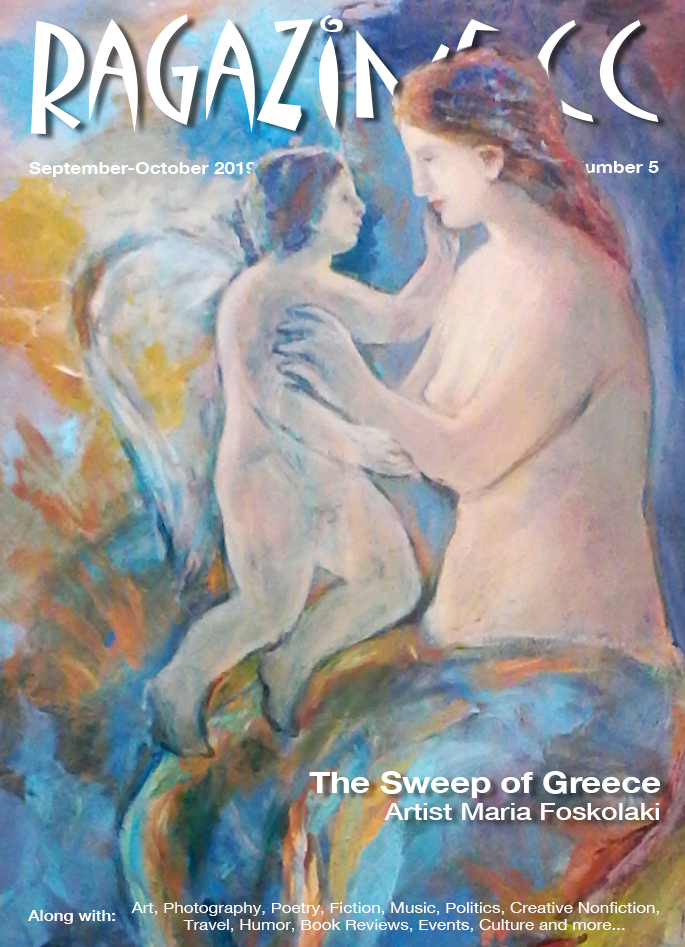
Ragazine: The Global Online Magazine of Arts, Information & Entertainment
September - October 2019 | Volume 15 Number 5
Three of my poems were published in the October issue of Ragazine. You can read them here.
Since the magazine has an arts slant, I selected for submission three poems that were related to works of art. “Nude Descending a Staircase” is based on the famous Marcel Duchamp painting from 1912 (the full title of the painting is “Nude Descending a Staircase No. 2”) “The Slave Ship” is based on the painting by J. M. W. Turner from 1840. (The original title was “Slavers Throwing overboard the Dead and Dying—Typhoon coming on”) “Concert Poster” is based on a concert poster that was taped to the wall over my desk in the Academic Department at Berklee College of Music. All three poems were accepted and published in Ragazine. I didn’t realize until after the poems were published, and I checked my submissions database that I had written all three poems in the same year: 1984. Here’s the submission history for the poems:
“Nude Descending a Staircase”
35 years of submissions, 31 rejections
“Concert Poster”
35 years of submissions, 37 rejections
“The Slave Ship”
35 years of submissions, 23 rejections
10/31/2019
WPM - Writing, Publishing, Marketing - October 2019
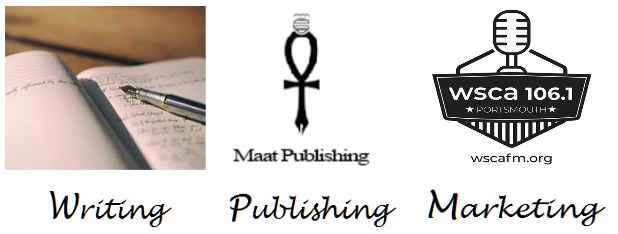
To celebrate the upcoming National Novel Writing Month (NaNoWriMo), the WPM event for October featured Jeff Deck, Satin Russell, and Lynne Favreau discussing NaNoWriMo.
Here’s the podcast:
05/28/2019
The Duck Lake Journal
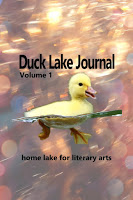
Two of my poems, “Entrance” and “Mountain Music,” were recently published in the first issue of The Duck Lake Journal. Print and digital versions of the journal can be purchased here
04/09/2019
Books on Writing Updated
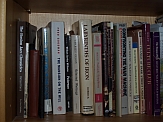
My updated list of books on writing is here. When time allows, I’ll update it and add comments and recommendations.
03/19/2019
WPM - Writing, Publishing, Marketing - March 2019 - Summary
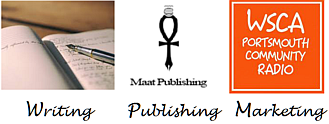
02/06/2019
Fourth & Sycamore

Today two of my poems, “Distant Music” and “Moment’s Dance,” appeared in the online literary magazine Fourth & Sycamore, the literary journal of the Greenville Public Library located in Greenville, Ohio. From their website: Fourth & Sycamore provides book reviews, author interviews, other thoughtful book-related content, and original creative writing for our readers. The name Fourth & Sycamore refers to the street corner on which our 110-year-old library building resides. We chose the name to emphasize that while the books we discuss here allow our minds to explore the world, we are here to serve the local community in which we live. The knowledge contained within the walls of our building explores every continent of the earth and even the oceans and outer space, but that building itself sits in the small town of Greenville that gives our institution its name, and our library is here to provide reading and resources for that town.
I wrote “Distant Music” in 1984, and over the past 31 years it was rejected by 17 magazines. I wrote “Moment’s Dance” in 1988, and over the past 35 years it has been rejected by 33 magazines.
Sometimes it takes a while to find a poem a befitting home.
You can read the poems here.
07/10/2018
WPM - Writing, Publishing, Marketing - July 2018 - Summary
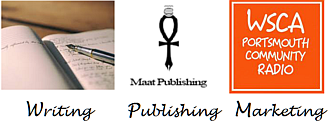
The WPM event for July featured Jeff Deck on writing, Mac Smith on publishing, and Steve Carter on marketing.
Here’s the podcast:
Highlights:
Jeff Deck - starts at 2:10 - main topic: what inspired his new book
Mac Smith - starts at 6:10 - main topic: how he got his first book published
Steve Carter - starts at 11:15 - main topic: how to develop your marketing materials
The PDF for Steve’s presentation is here
Q&A starts at 32:02
01/09/2018
WPM - Writing, Publishing, Marketing - January 2018 - Summary
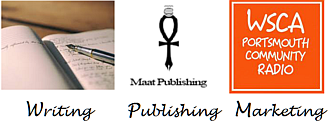
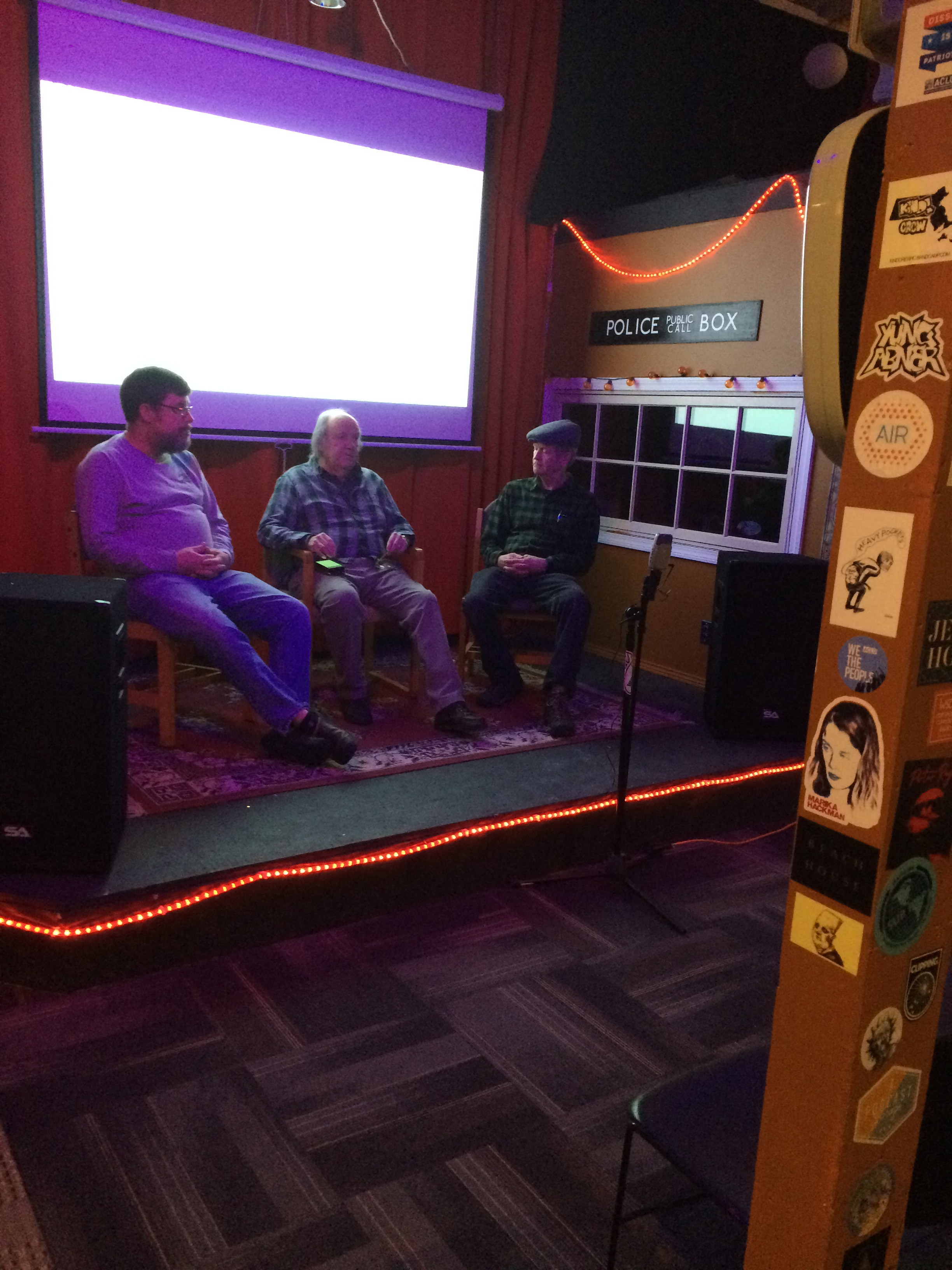
The WPM event for January featured Butch Heilshorn on writing, Steve Carter on publishing, and K. M. Doherty on marketing.
Here’s the podcast:
Highlights:
Butch Heilshorn - starts at - main topic: from idea to published book
- how he got his book accepted by a publisher 8:15
- getting started on the book 9:52
- writing process 12:30
- writing journey 15:06
Steve Carter - starts at 16:57 - main topic: book production process
- process PDF available 20:04
K. M. Doherty - starts at 28:15 - main topic: what works and what doesn’t work in marketing
- who is your target audience? 32:24
- hone your categories on Amazon 40:52
- luck vs hard work 47:11
Q&A starts 48:18
12/22/2017
WPM - Writing, Publishing, Marketing - December 2017 - Summary
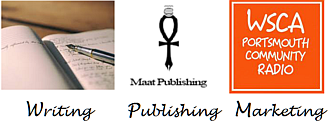
For the holiday season, we decided to forego the usual panel discussion and instead have the First Annual WPM Holiday Hangout.
Marilynn made some delectable dishes and set up a festive spread.
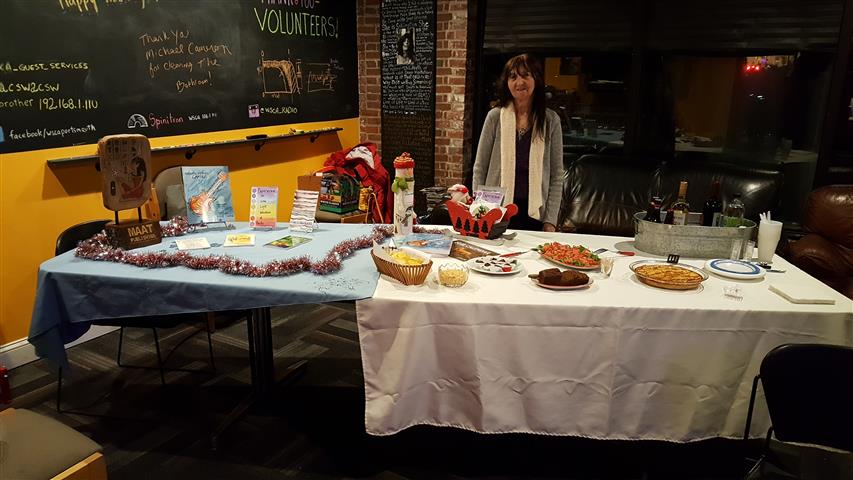
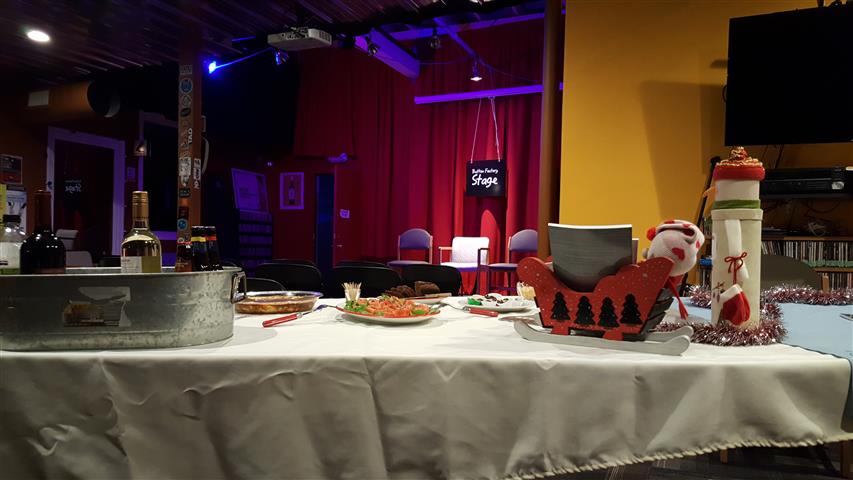
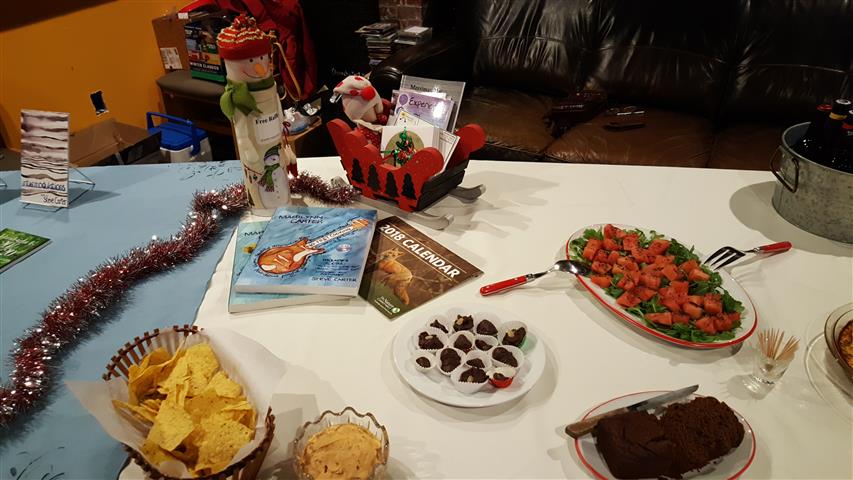
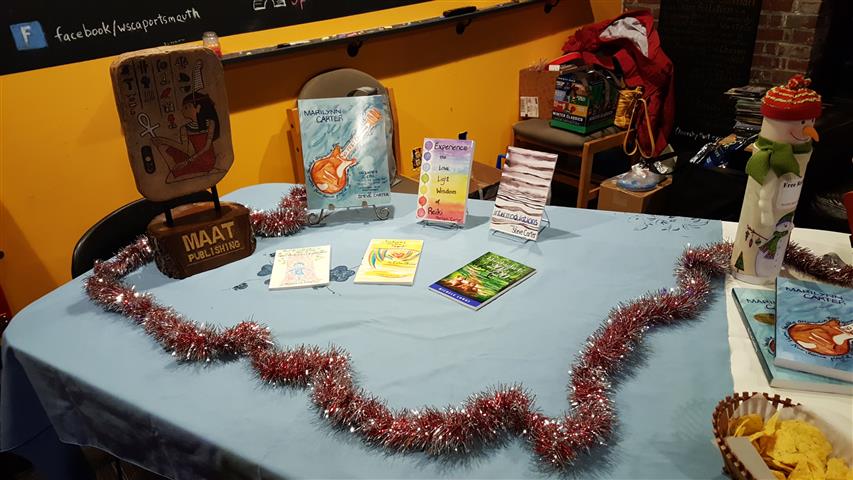
Unfortunately, the weather was icy and the turnout small. But a splendid time was had by the few of us who braved the ice.
11/18/2017
Rejection Slip
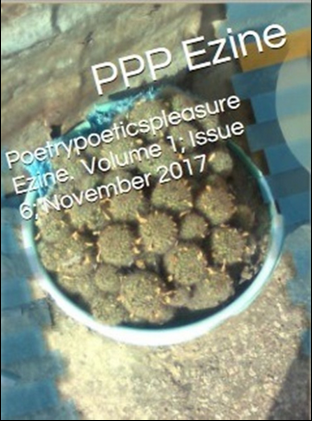
My poem “Rejection Slip” was just published in PPP Ezine: Poetrypoeticspleasure Ezine.
This poem has been rejected by 18 magazines over the past 33 years:
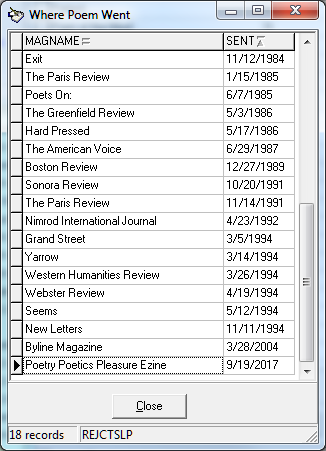
Nice to have “Rejection Slip” accepted!
(Speaking of rejections, see also this post.)
11/14/2017
WPM - Writing, Publishing, Marketing - November 2017 - Summary
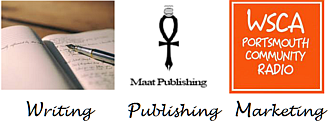
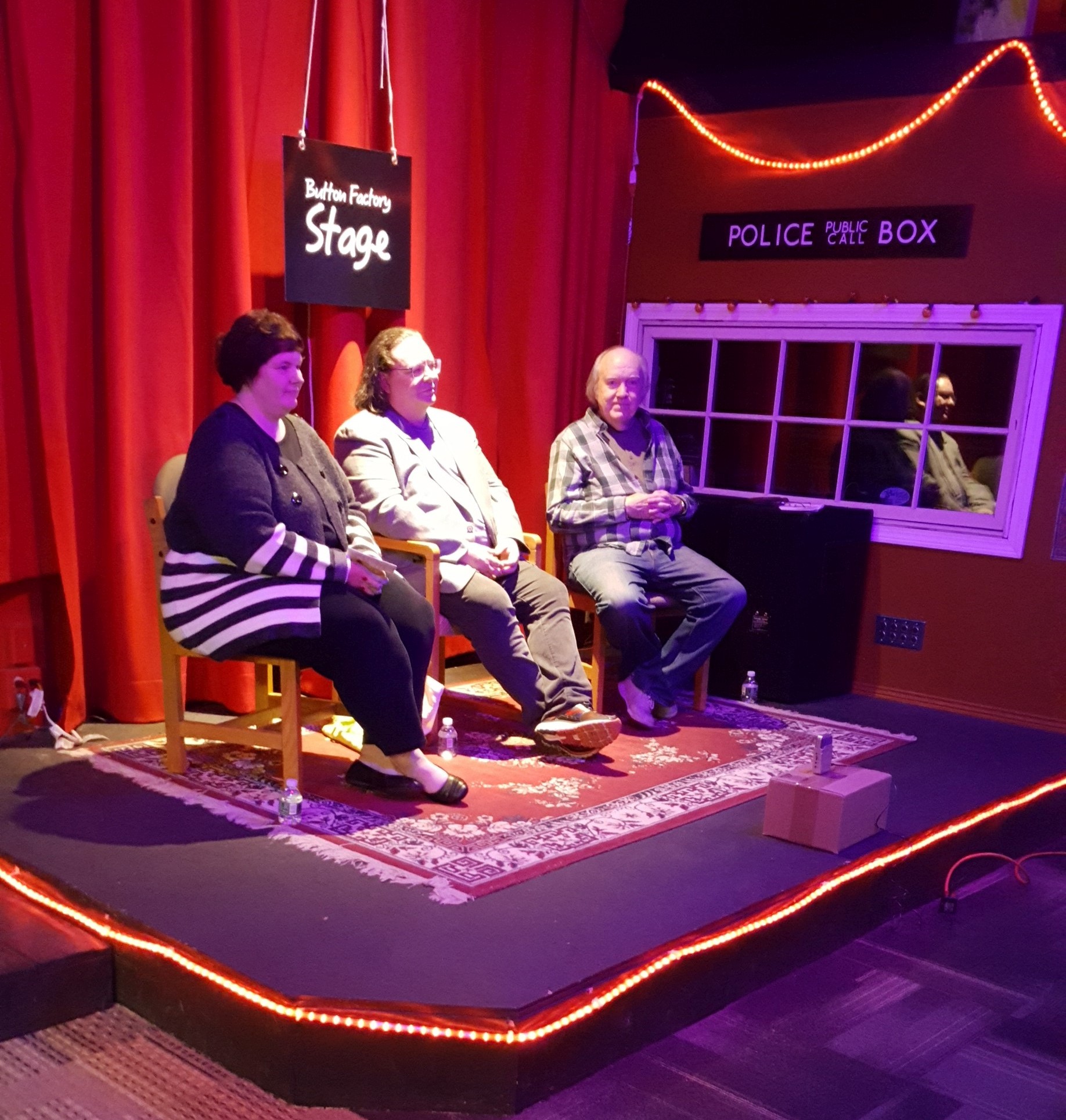
The WPM event for November featured Shelby June on writing, Alex Case on publishing, and Steve Carter on marketing.
Here’s the podcast:
Highlights:
Shelby June - starts at 3:00 - main topic writing novels and short stories
- writing process 4:36
- writing and music 5:10
- hardest part of writing 5:35
Alex Case - starts at 6:26 - main topic traditional (academic) publishing
- how he got his book accepted by a publisher 8:15
- publishing online content 11:06
- in-person contacts opening opportunities 12:06
Steve Carter - starts at 12:50 - main topics
- press release, blurb, PR materials 13:35
- join organizations related to the topic of your book 18:18
- book release party 20:31
Click here to download the outline of my marketing presentation
Q&A starts 26:43
10/10/2017
WPM - Writing, Publishing, Marketing - October 2017 - Summary
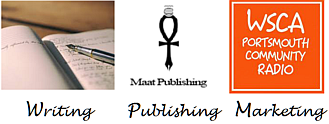
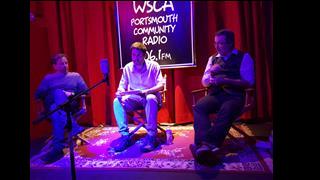
The WPM event for October featured James Patrick Kelly on writing, Jeff Deck on publishing, and Dan Szczesny on marketing.
Here’s the podcast:
Highlights:
James Patrick Kelly - starts at 1:60 - main topic the first 250 words of your piece
- why the first 250 words are important 2:00
- 5 questions and editor is thinking about 3:54
- goals of the first 250 words 5:45
Jeff Deck - starts at 15:58 - main topic is traditional publishing vs. self-publishing
- it’s a long road either way 18:09
- what to watch out for in self-publishing 22:17
- disdain for self-publishing 22:50
Dan Szczesny - starts at 31:02 - main topics
- things to do before marketing 34:07
- platform 34:48
- the brand you are building is you 40:06
Q&A starts 44:53
09/14/2017
WPM - Writing, Publishing, Marketing - September 2017 - Summary
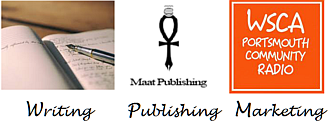
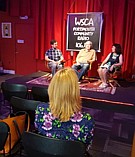
The WPM event for September featured E. Christopher Clark on writing, myself on publishing, and Amy Ray on marketing.
Here’s the podcast:
(There was a technical glitch during the live recording, so we had to re-record Chris Clark’s presentation, and do some audio cutting and pasting. But I think you’ll find the podcast is worthwhile in spite of the glitches.)
Highlights:
E. Christopher Clark - starts at 0:60 - main topic is revision
- two kinds of revision 2:20
- revisions Chris made himself 3:20
- revision based on outside perspective 9:30
Steve Carter - starts at 14:00 - main topic is software tools for writers
- writing tools 14:27
- research tools 18:43
- production tools 20:21
Amy Ray - starts at 23:02 - main topics are what marketing worked and what didn’t
- professional reviews 24:04
- blog tours 25:48
- personal appearances 28:12
Q&A starts 39:40
08/07/2017
WPM - Writing, Publishing, Marketing - August 2017 - Summary
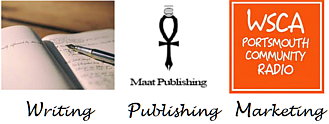
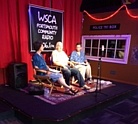
The WPM event for August featured Katherine Mayfield on writing, myself on publishing, and Beth Boynton on marketing.
Here’s the live recording of the event:
Here’s the structure of the event (with times indicated if you want to scroll within the recording):
- Intro to WPM 0:00 -2:24
- Katherine Mayfied 2:25 - 13:00
- Steve Carter 13:16 - 23:00
- Beth Boynton 23:00 - 23:40
- Q&A 34:11 - end
High points:
Katherine Mayfield
- showing - 6.30
- you want the reader to experience the book: smells, body feelings [this topic came up in Q&A], 7:10
- welcoming attendees[!], 7:42
- read good writers 9:00
- Meg Walitzer, wrapping up a book – so satisfying
- inner critic, 9:50
- value your work, 10:05
- learn how to plug yourself as a writer, 11:27
Steve Carter
- getting your book out, 13:44
Beth Boynton
- using a blog to promote your book, 24:15
- a blog can lead to other writing opportunities, 26:10
- self-publishing can lead to traditional publishing, 28:00
Q&A
- showing vs. telling - how much is too much? 35:16
- if you have an idea for a book, should you approach a publisher? 51:0
01/20/2017
Maat Meets Gibson’s
MISSING IMAGE: C:/Users/Steve/Writing/Writers_Journal/images/GibsonsBookstore.jpg
Concord’s indepentdent bookstore
MISSING IMAGE: C:/Users/Steve/Writing/Writers_Journal/images/JohnLeDonneJrGibsons (Mobile).jpg John LeDonne, bookstore owner

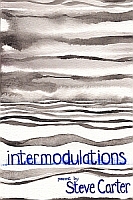
We placed two Maat Publishing titles on consignment at Gibson’s Bookstore in Concord today. The process was easy. Marilynn had called and asked who to talk to about book placement, and they said we could see John LeDonne. We walked into the store with a few copies of our books, and twenty minutes later the books were on the shelves. John is a real gentleman, a pleasure to work with. We had placed the first edition of our cookbook with him several years ago. As he was cataloging our new books, he noticed that in the database and asked if Gibson’s was up to date with their payments for those books. We said we thought so (as it turns out, they were). Nice to see such integrity and considerate business practices.
12/13/2016
Aeon Timeline Testimonial
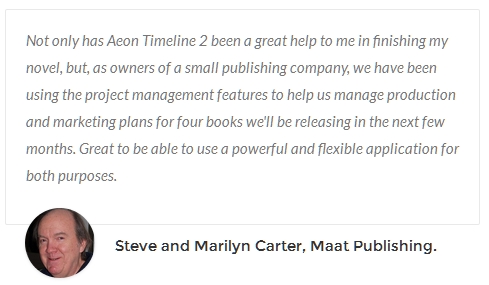
Take a look at Aeon Timeline.
12/13/2016
RiverSea Gallery

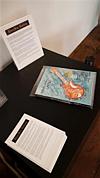
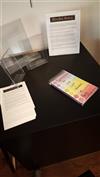
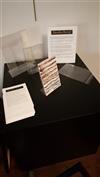
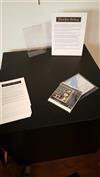
The RiverSea Gallery in Dover, NH is now featuring three Maat Publishing books – No Fret Cooking, Experience the Wisdom Light Love of Reiki, and Intermodulations – as well as my CDs, Act One and Touching Light.
12/1/2016
Reiki Book

We published Marilynn’s Experience the Love Light Wisdom of Reiki, with a very successful release party, on November 26. Learn more about the book here.
9/1/2016
Pool Shark
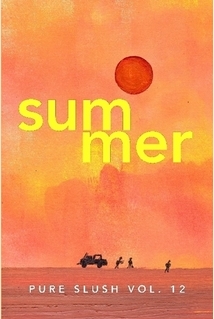
My poem “Pool Shark” appeared in Pure Slush Magazine, which comes out of Australia. I wrote the poem more than twenty years ago, and it had been rejected by about 24 magazines over the years. I submitted to Pure Slush recently and the editor suggested a minor edit to the poem – he was right. His suggestion tightened up the poem. The magazine is available as eBook and in print, so please check it out: .
7/6/2016
Negative Capability
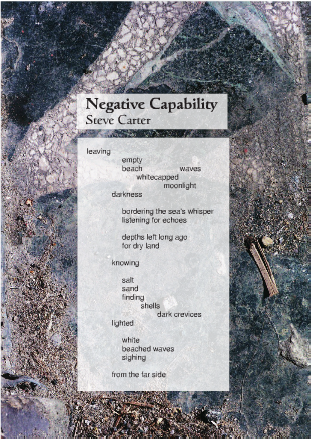
Gold Dust Magazine just published my poem “Negative Capability” in their Summer 2016 online edition, and in the print edition. Click here to read the poem.
2/10/2016
Alphaville
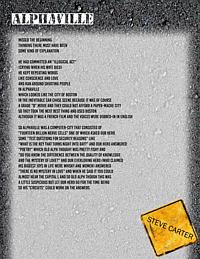
Fermata Publishing Online recently published my poem “Alphaville.” You can click here to see how my poem looks in the journal. The layout – including putting the poem entirely in upper case – was the editor’s decision. I guess it works in the context of that issue, but I prefer my original formatting, which you can view here.
I wrote the poem in about 1987. I came home late from a gig and watched the movie on our tiny black-and-white rabbit-eared TV. The movie was so bad I had to write about it. Years later I read online that it had become a cult classic. Sometimes bad is good.
12/27/2015
Writing To Learn
I just got up to mix myself another gin-and-tonic. As I returned to my rocking chair, my eye fell upon the spine of a book in the orange bookcase next to my rocker: Writing to Learn, by William Zinsser. I first read the book when I was teaching English at Berklee. Since then, the scourge of Writing Across the Curriculum has devastated the lands of higher education. And since then Willam Zinsser has passed away. But his observations were correct, his examples exquisite, and if his principles had been adequately understood and enthusiastically applied much mis-education might have been fended off.
11/24/2015
Writing Workflow
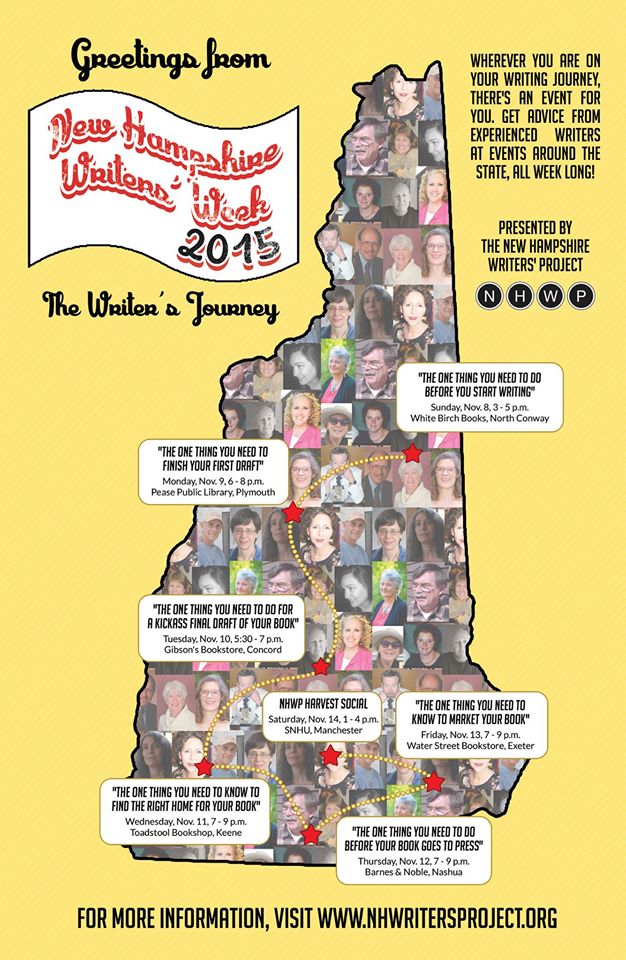
The week of November 9th through the 15th was New Hampshire Writer’s Week. In recognition of that, the NH Writers' Project sponsored a series of panel discussions, one each night of the week, on “The Writer’s Journey.” I was invited to be part of the panel on Monday night, when the topic was “The One Thing You Need to Finish Your First Draft.” I was honored to share the stage with four outstanding New Hampshire writers: Lea Page, Richard Adams Carey, Rob Greene, and James Patrick Kelly.
08/12/2015
Cortland Review Publication
MISSING IMAGE: C:/Users/Steve/Writing/Writers_Journal/images/Cortland_Review_The_Singer.jpg
My poem “The Singer” was recently published in the online journal The Cortland Review. You can read the poem online, and click on the blue circle with the arrow, to hear a recording of me reading the poem. Click here.
I wrote the poem in 1984, and submitted it to 26 magazines before it was accepted by The Cortland Review.
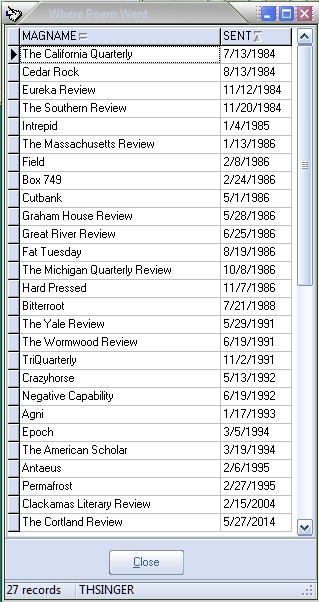
06/04/2015
Productivity Reports
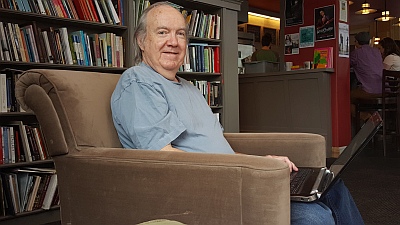
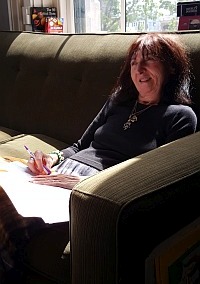
Scrivener shows total word count for your manuscript, and word count for the current session – useful information. Some users have posted requests on the forum requesting word counts broken out various ways. One user wanted a report to show on which days he was most productive. The makers of Scrivener responded that this was out of scope for the product – which seems right.
That got me to thinking about my own productivity. I’ve kept a time sheet database for years. When I was working as a contract programmer, I used it to track my hours for billing. A couple of years ago, when I began working in earnest on my novel, I started logging those hours, adding a word count field to the database, so I could examine my productivity in more detail.
Sometimes I write at home, often I write in bars and coffee shops. So I wonder: in which locations have I been most productive? I wrote a report showing location, total hours, total words, and words-per-hour. I can sort it to get different views: where did I write the most words? Where did I spend the most time? Where did I produce the most words-per-hour, and how does that sit in the overall time-spent span?
After perusing the data, sorted various ways, and mentally eliminating outliers, the only thing I can see is that location has some impact on my productivity, but not much. Even so, some of the data merits a closer look.
Productivity Reports Analysis
Here are some of my thoughts on the reports.
Total Hours
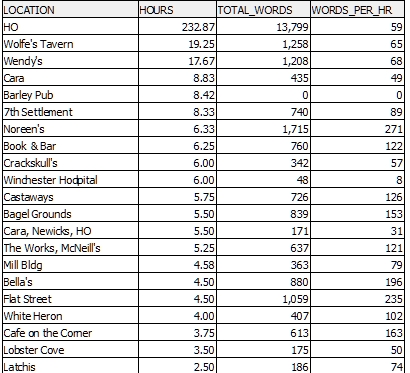
I’ve written the most words for my novel at home (HO=Home Office). The words-per-hour figure is a bit misleading, because much of my time working at home was spent on research, building the novel timeline, and other activities that don’t contribute to the word count, but do move the writing project forward. That said, the low words-per-hour figure reminds me that at home there are many distractions: floors that need to be swept,grass that needs to be mowed, guitars and basses around my home office that beg to be played, and so forth. Lately I’ve been more productive, in a pure word-count sense, away from home.
Noreen’s refers to a friend’s house where Marilynn takes classes and I am offered a room of my own, to write. The isolation aids productivity.
Wolfe’s Tavern is a place I’ve gone to work while Marilynn was in classes. I’ve been going there for years. For the first year or so, I was composing and arranging the music for No Fret Cooking, using Notion. I found that having music notation on my laptop screen discouraged the regulars from asking what I was working on. A screen full of words does not offer the same deterrent, and all too often the bar denizens feel no compunction about talking to me while I’m trying to write. In fact, one night – while I sat alone at a table, earbuds in, typing – a woman who had sampled a goodly amount of the tavern’s liquid offerings came over to me and said, “I have one question for you: Are you Ben Franklin?” Languidly I removed my earbuds, lowered my head a bit to stare over the top of my reading glasses, and said, “Yes, I am.”
Wendy’s refers to our daughter’s apartment in Pennsylvania. We often visit her for extended periods, and while she is at work I get time to write. A productive setting.
Flat Street is a brew pub in Brattleboro, VT, where I go while Marilynn is in classes nearby – a recurring theme. We will be going to Brattleboro for a few days next month, and I’m looking forward to some productive writing time – and some tasty brews.
Book & Bar, as the name implies, is a bookstore with a bar, in Portsmouth, NH. It sells only used books, so has a historical mustiness that stimulates the writing sense. It also features tasty brews. Marilynn and I are there now, as I write this. She has a Chai and is writing on papers in a Manila folder balanced on her lap; I have a Founder’s Scotch Ale and am typing on my laptop, balanced on my lap.
Castaways is a bar in Dover, NH, that has a deck overlooking the Cocheco River. We often go there on sunny afternoons, chat for a while, maybe have an appetizer, and then write. We’ve been doing this for a couple of summers. The sun is too bright for me to use my laptop, so I would write in my Moleskine pocket journal. Recently I was dragged kicking and screaming into the 21st Century when our daughters insisted we get smart phones, so this summer I intend to write there on my Galaxy S6, which is usable in bright light. Typing on it is slower than on my laptop, but probably comparable to printing in my Moleskine (my cursive, when I am in the heat of creation, is illegible, even to me). This summer I will be diligent in determining the productivity quotient at Castaways. In the spirit of full disclosure, I should mention that they have great happy hour prices.
I see that I have 7th Settlement – a bar in Dover, NH – entered twice, once as “Seventh Settlement.” At some point I’ll fix the data a re-run the reports.
Total Words
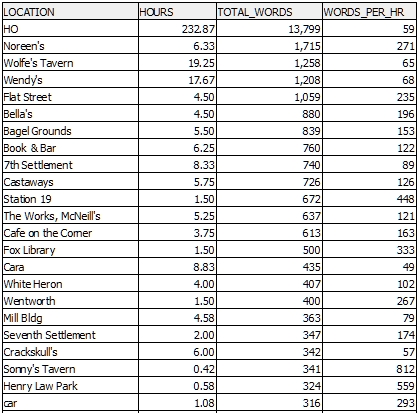
Sorting by hours doesn’t reveal much, except that I spend more time writing in bars than in coffee shops. The Barley Pub entry is strange: over eight hours and no words. I’ll have to drill down into that. The Barley Pub was for years my favorite pub in Dover. I played dozens of gigs there, and often went there to write or compose. I composed and arranged much of Touching Light there, high-definition earbuds in, Notion on screen. I suspect that the word count has to do with the sad demise of the Barley Pub – a story for another day.
Words Per Hour
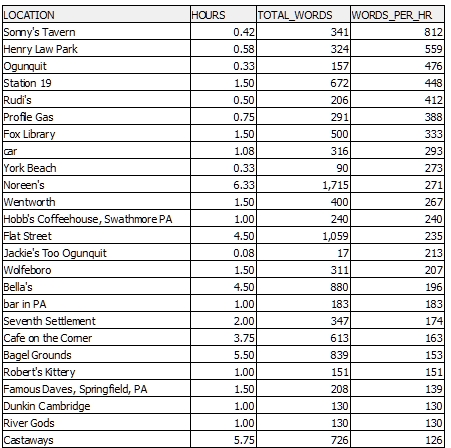
The words-per-hour for Sonny’s Tavern is impressive. But it was less than an hour. Maybe I copied in some text and reworked it. Sonny’s is in the location of the old Barley Pub. Curious. Ogunquit looks pretty good in terms of words-per-hour, but the data point is just a half hour on a summer evening, sitting on a bench at Perkin’s Cove, writing in my pocket journal, while Mal was going from store to store. Maybe the secret for writing productivity, for me, is to take my wife shopping more often. I remember [William G. Leavitt] telling me that he wrote many of his guitar arrangements sitting in his car in the parking lot of Shoppers World in Framingham (strangely enough, right down the street from where Marilynn grew up). I suspect that Marilynn’s interpretation of the data would be: The Universe is trying to tell you to take me shopping more often.
06/02/2015
One Cannot Read a Book
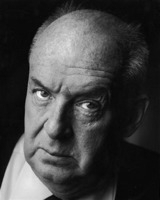
Curiously enough, one cannot read a book: one can only reread it. A good reader, a major reader, an active reader is a rereader. And I shall tell you why. When we read a book for the first time the very process of laboriously moving our eyes from left to right, line after line, page after page, this complicated physical work upon the book, the very process of learning in terms of space and time what the book is about, this stands between us and artistic appreciation. When we look at a painting we do not have to move our eyes in a special way even if, as in a book, the picture contains elements of depth and development. We have no physical organ (as we have the eye in regard to painting) that takes in the whole picture and then can enjoy its details. But at a second, or third, or fourth reading we do, in a sense, behave towards a book as we do towards a painting.
Vladimir Nabokov, Lectures on Literature
05/05/2015
Self-Publishing Workshop Video
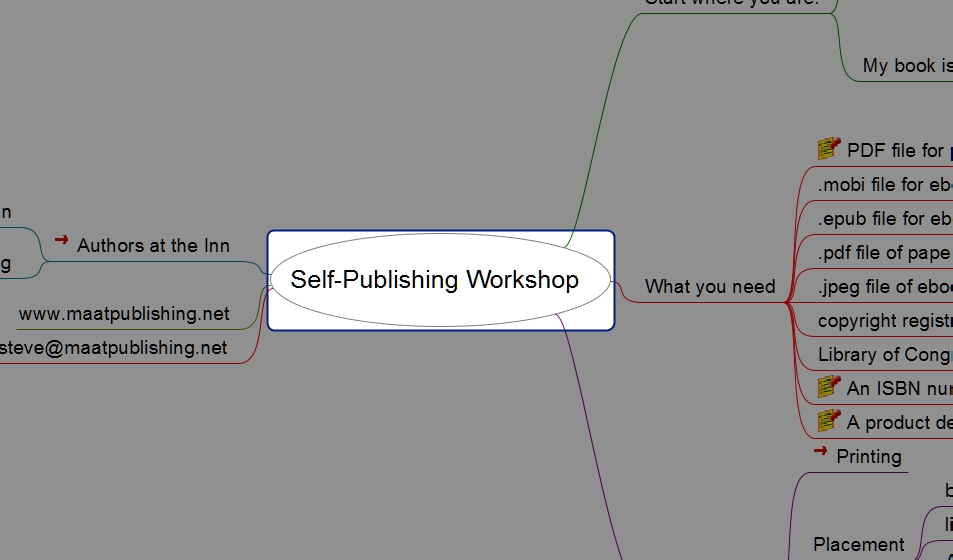
The video of my Self-Publishing Workshop is now avaialbe. To view it, click here.
05/26/2015
Authors at the Inn
.png)
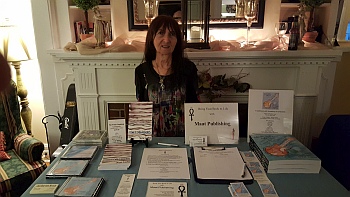
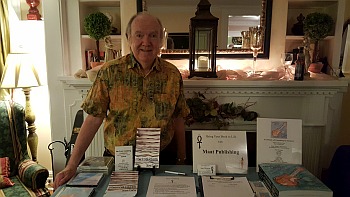
Maat Publishing co-hosted its first author event at the Victoria Inn in Hampton, NH, on May 6. There was a lot of interest from local writers to participate and we had 13 authors displaying their books, 7 that read exerpts from their books, while Loris Burbine came dressed as Edgar Allan Poe to read one of his poems, and Steve Carter presented an introductory workshop on the art of self publishing. The inn provided a beautiful picturesque setting for this event and their chef set up a delicious display of hot and cold appetizers. This was the inn’s first author event, that was so successful it promises to be a yearly happening. Thanks everyone for helping to make this an enjoyable and successful event!!
Authors interested in participating at the inn or another event, please contact Marilynn and Steve through Maat Publishing at www.maatpublishing.net
05/05/2015
Self-Publishing Workshop
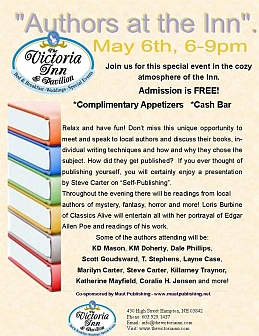
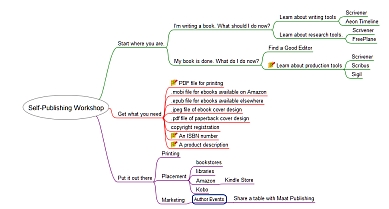
Tomorrow we offer the first Maat Publishing event for authors: [Authors at the Inn][AuthorsAtTheInnFlyer]. As part of the event, I’ll be running a brief Self-Publishing Workshop.
04/01/2015
Poetry Authors Tea
On Sunday, April 26,2015, I’ll be taking part in the Poetry Authors Tea at the Silver Fountain Inn in Dover, NH. I’ll be reading from Intermodulations.
http://www.bunker-hill-publishing.com/
03/02/2015
Book Production Workflow

Here’s a quick overview of the workflow for the production of Intemodulations print and ebook versions.
Each poem was stored in a separate RTF file. I created a folder in Scrivener, and imported the RTF files, which created documents under the folder, one for each poem, named from the title of the poem. I knew I wanted to do the final formatting for the print version in Scribus, and Scribus imports ODT files but not RTF files, so I compiled to ODT. I opened the ODT file, and did the formatting: setting the fonts, styles, indenting, and so forth. I imported the ODT file into Scribus, and did some tweaking to make sure the layout was correct.
02/02/2015
My February Second Tradition
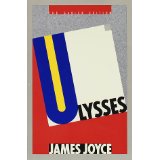
On February 2nd, James Joyce’s birthday, I have a standing tradition – actually, a sitting tradition. I pour a glass of Guinness, or other suitable libation, sit in my rocking chair, and read a chapter of Ulysses. I first read the novel in college, almost a half century ago. I still have my copy from those days, heavily annotated, the pages yellowed. This year I read from The Corrected Text edition. I chose the Scylla and Charybis episode, mainly because it takes place in a library, and I have a scene in All Cars Run to Park Street that takes place in a library. A few of my favorite lines from Joyce’s episode:
Hold to the now, the here, through which all future plunges to the past.
. . .
A man of genius makes no mistakes. His errors are volitional and are the portals of discovery.
. . .
See this. Remember.
. . .
Listen.
01/11/2015
Birthday, Blizzard, Books
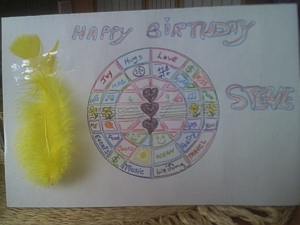
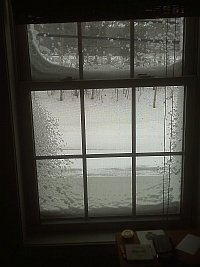
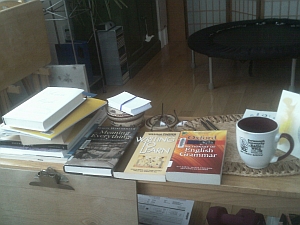
My 69th birthday. Marilynn made me a great birthday card. Mother Nature gave me the gift of a blizzard of historic proportions. I’ve set up Birthday-Blizzard-Central in the livingroom. Today’s books:
The Sense of Style: The Thinking Person’s Guide to Writing in the 21st Century. Steven Pinker.
The Meaning of Everything: The Story of the Oxford English Dictionary. Simon Winchester
Writing to Learn: How to Write and Think Clearly About Any Subject at All. William Zinsser
Oxford Dictionary of English Grammar
As my grandfather used to say: That’s my idea of a good time!
01/11/2015
Intermodulations Released
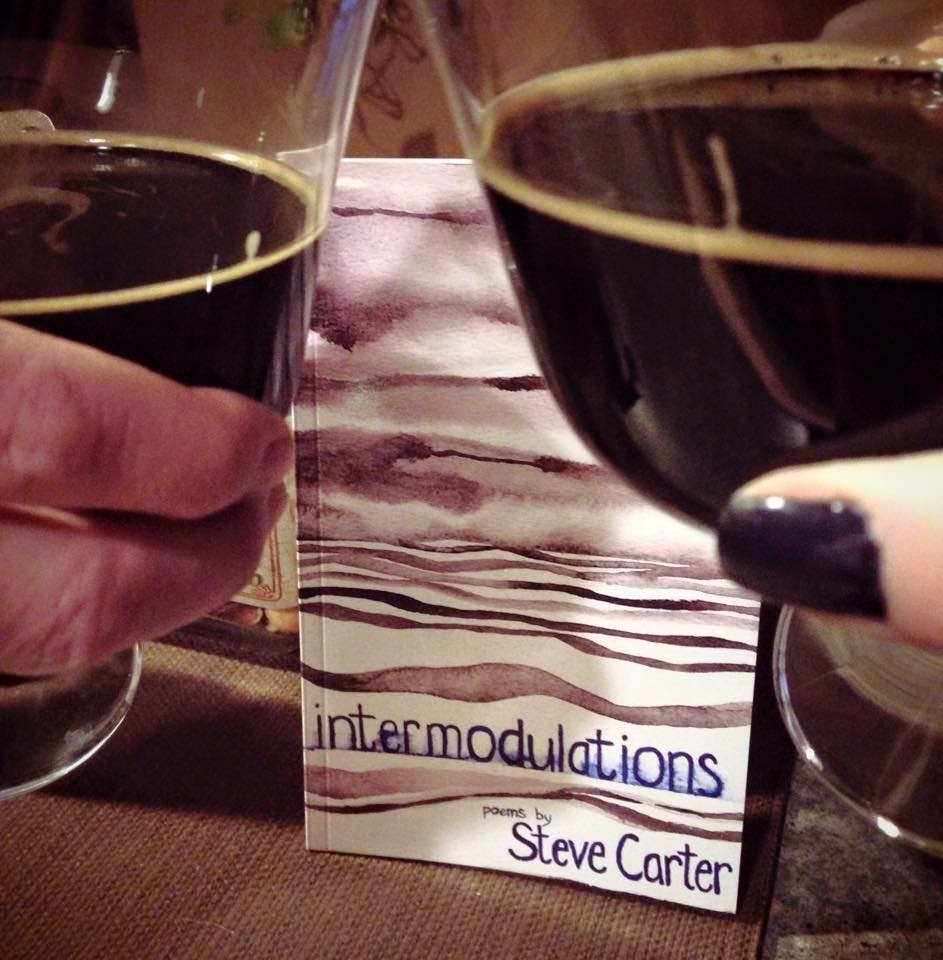
I’m proud to announce the publication of my first book of poetry, Intemodulations, published by Maat Publishing.
Some of the poems in this volume date back as far as 1968. Many were previously published in literary magazines.
A good number of the poems are impressions of our two children, Sheri Santo and Wendy Carter. This photo was taken today by Sheri, just after I presented her with a signed copy of the book. She inspired some of the poems in this volume, and many others. This photo shows the graphic arts magic she can work with simple materials: a book, two glasses of craft beer, a kitchen counter-top, and an iPhone.
The blurb on the back cover was written by our daughter Wendy. She, too, inspired many of my poems, and captured the spirit of the work in a few words.
My beloved wife, Marilynn, also inspired many of these poems. She encouraged me to publish this book under our new publishing company, Maat Publishing.
The book is dedicated, with much love, to Marilynn, Sheri, and Wendy.
I hope my readers find it enjoyable.
12/10/2014
Rejected, Not Dejected
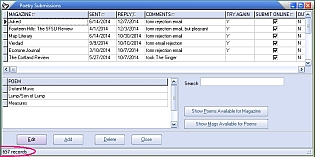
At a recent writers meeting, I mentioned that over the years I’d received over 600 rejections for my poetry. Several of the writers were aghast at that figure. Actually, that figure is misleadingly low. The figure I cited was roughly the number of poetry submissions for which I’d received rejections, but, since each submission contains anywhere from one to five poems, the number of poem rejections is much higher. Two thousand three hundred and thirty-three, to be exact. Well, it’s not all that exact. I got that number by running a query on my submissions database, but that only includes submissions since 1984, when I started keeping track on the computer. Before that – 1968 to 1983 – there were hundreds of other submissions; I long ago threw out the notebooks in which I kept track of those.
12/06/2014
Books on Writing
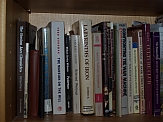
The other night at the NH Writers' Project Writers' Night Out, someone asked me about a list of books about writing. My first pass at a list is here. When time allows, I’ll update it and add comments.
11/06/2014
Submissions Manager
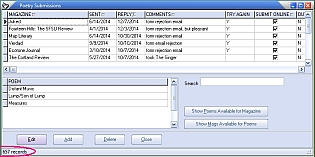
I wrote my own Submissions Manager program, for managing my poetry, fiction, and non-fiction submissions and queries. I’ve written a quick overview of the poetry submissions section of the program. It might give you some ideas about how you can better manage your own submissions. You can download the PDF here.
05/27/2014
Tools of the Trade
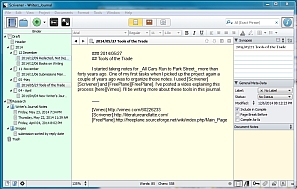
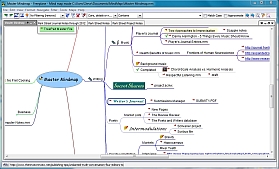
I started taking notes for All Cars Run to Park Street more than forty years ago. One of my first tasks when I picked up the project again a couple of years ago was to organize those notes. I used Scrivener and FreePlane. I’ve posted a video explaining this process here. I’ll be writing more about these tools in this journal.
04/08/2014
New Writer’s Journal
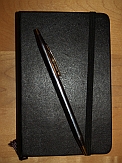
I’ve been writing for about fifty years. My first publication was in 1969–a poem called “Merry-Go-Round” published in Hanging Loose magazine. Since then I’ve published poetry in many literary magazines, and non-fiction in some music magazines.
Recently, I’ve resumed work on a novel that I started more than forty years ago, All Cars Run to Park Street. In this Writer’s Journal I’ll be writing about my progress on that novel.
